Contents
Plantation | Introduction
The suburbs of New Orleans are dotted with plantations from the 19th century, making them some of the best destinations for exploring the history of New Orleans and the American South. In the past, the Southern United States was home to many such plantations, where crops like sugarcane and cotton were extensively cultivated. Before the Civil War, the South had a large enslaved population, much of which was to meet the labor demands of these plantations. Visiting these plantations is not just about seeing the beautiful estates but more so about understanding the history of that era and the lifestyles of the people.
Plantation Day Trip
Currently, there are many plantations in the outskirts of New Orleans. If you have the time, it's possible to spend a couple of days visiting each one. Since we didn't rent a car this time, we opted for a single-day plantation tour itinerary. We'll visit the most famous Oak Alley Plantation and the Laura Plantation, which is said to have preserved a large amount of records about slave life and offers detailed guided tours. We'll also take a swamp eco-tour boat ride. The itinerary includes pick-up and drop-off from hotels in downtown New Orleans, with a one-hour journey each way. In the morning, we'll start with the swamp boat tour, followed by lunch at the plantation, and then separate guided tours of Oak Alley Plantation and Laura Plantation in the afternoon.
Plantation Day Trip
- Hotel search: Agoda
- Activities & tickets: KKday / Klook / TripAdvisor
- Travel credit cards (US only): My card picks + beginner tips
First stop | Swamp boat adventure
The swamp tour in the morning lasts approximately 90 minutes. In fact, there are many swamps in the vicinity of New Orleans, which serve as habitats for alligators (hence, there are many local dishes featuring alligator meat or turtle meat). If you were to drive yourself, there are also plenty of options for swamp boat tours to choose from. The airboat ride for the whole group through the swamp takes about one and a half hours.
March can still be somewhat chilly, especially in the morning, and typically, there aren't many alligators around during this time. However, we still managed to see some early risers among the alligators, as well as turtles and predatory water birds. Most of the alligators were quietly lounging on tree trunks. The tour guide's narration was quite informative, and the one-and-a-half-hour journey through the serene swamp didn't feel boring at all.
It's worth mentioning that we also spotted a bald eagle, which the guide mentioned is a rare sight in this area.
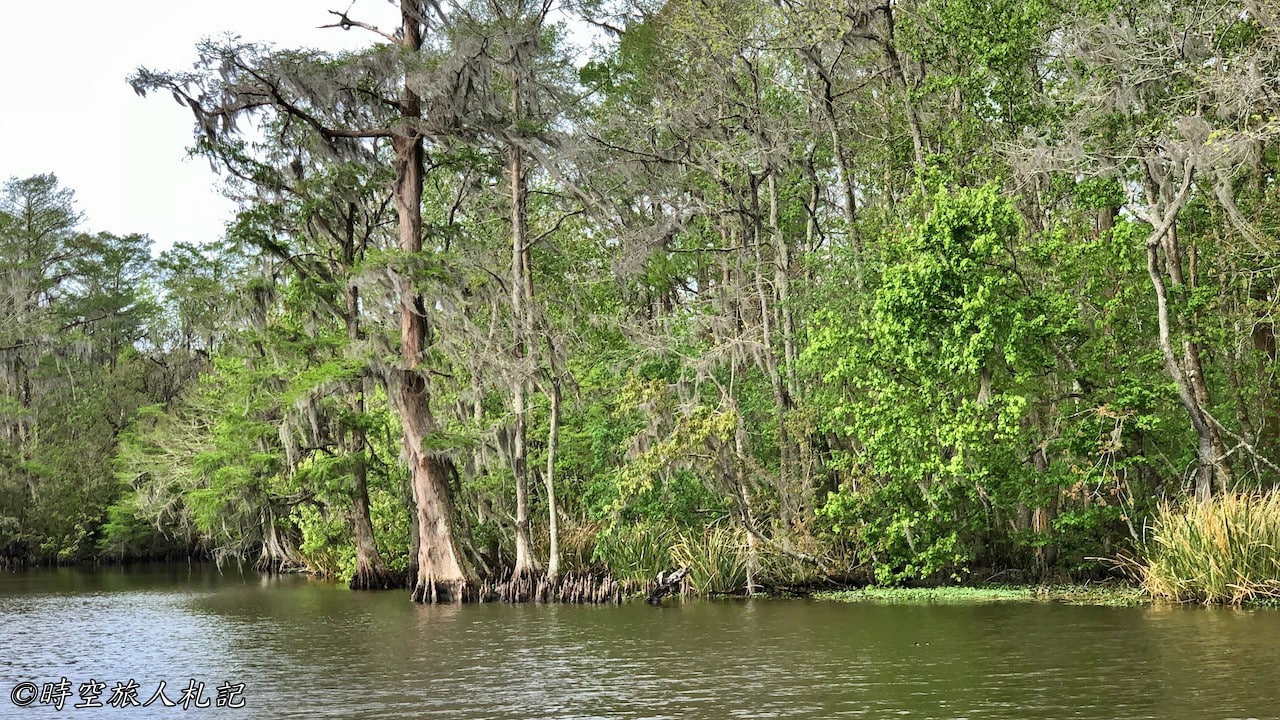


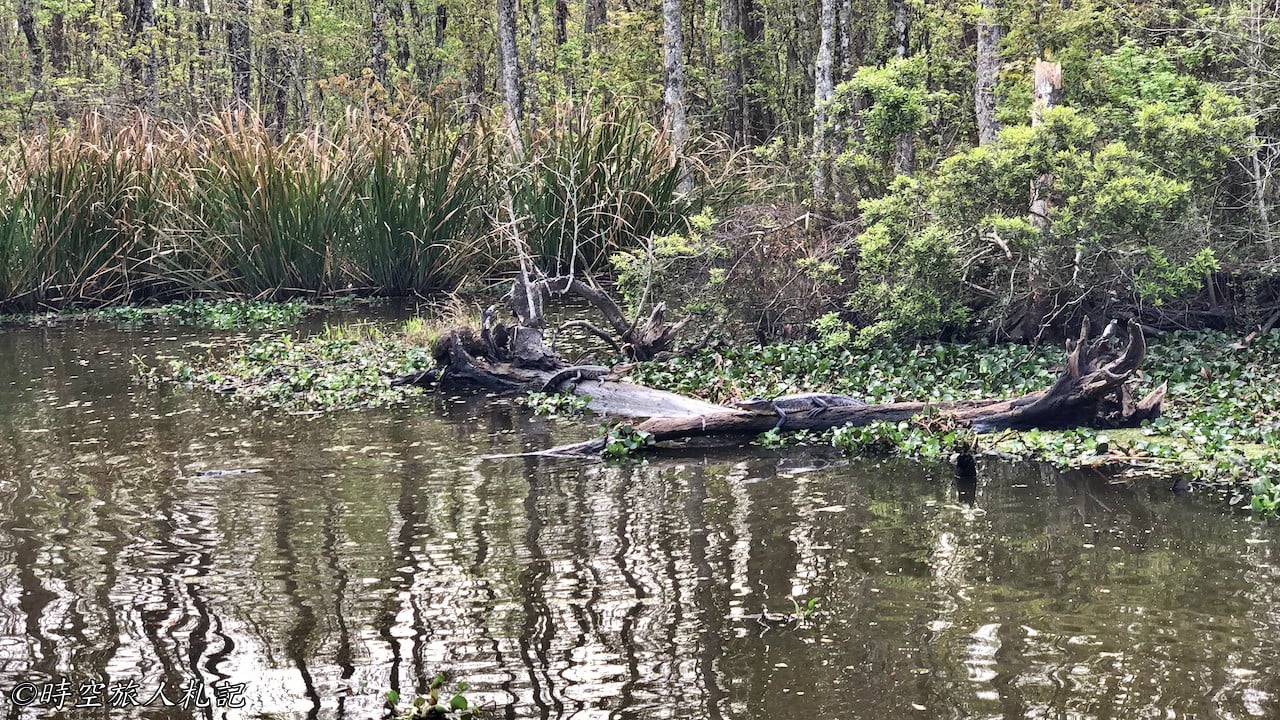

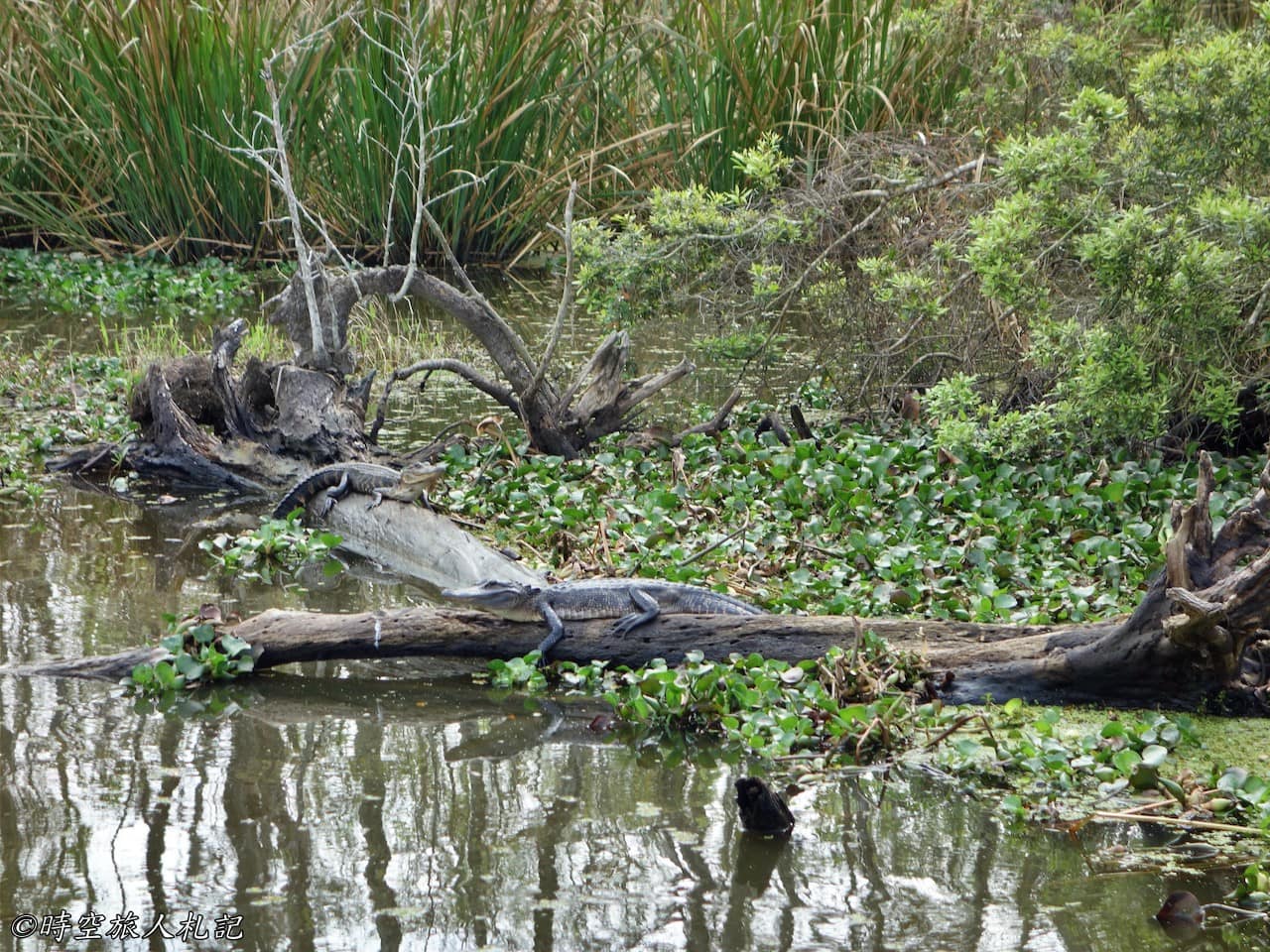
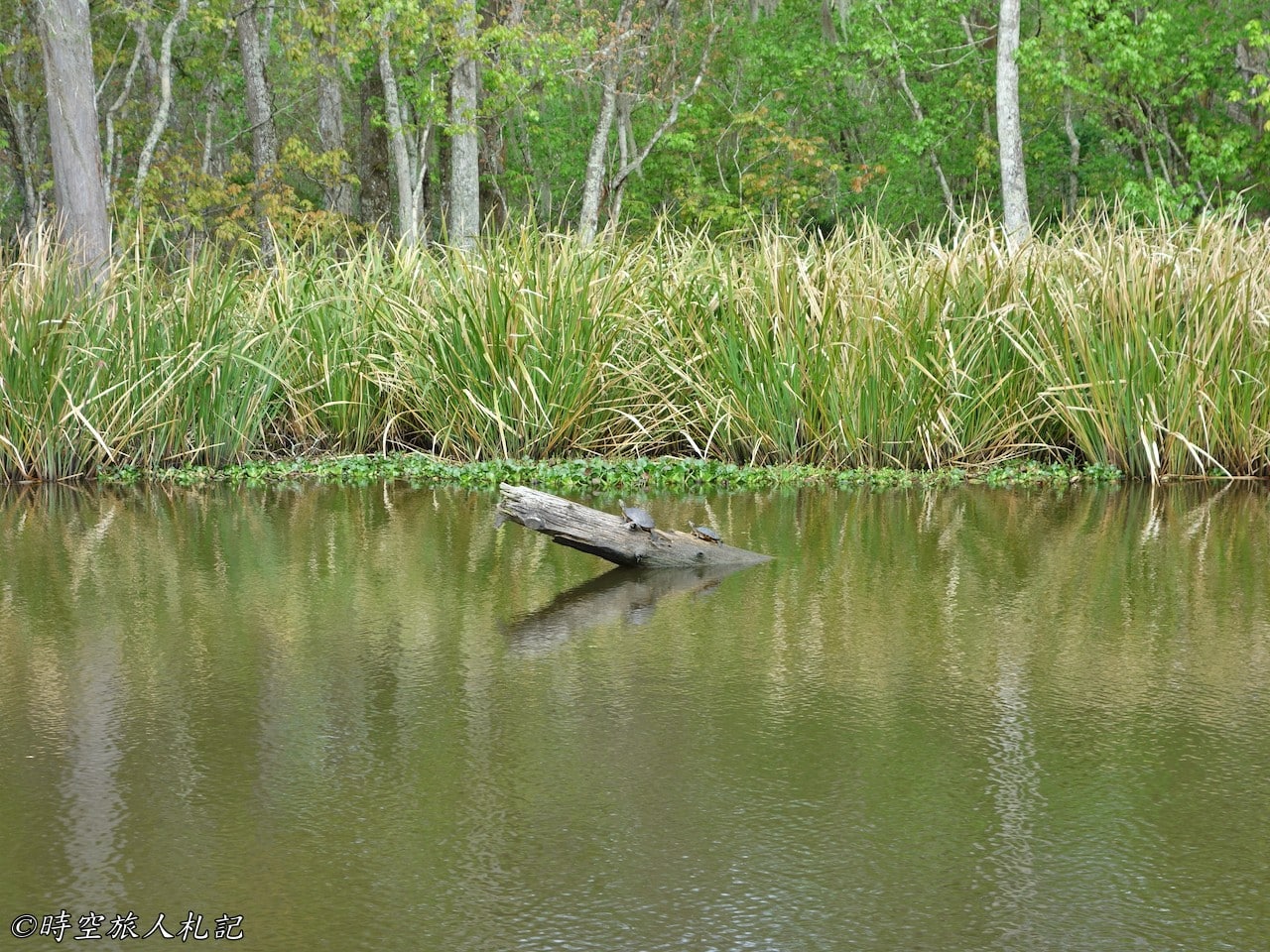
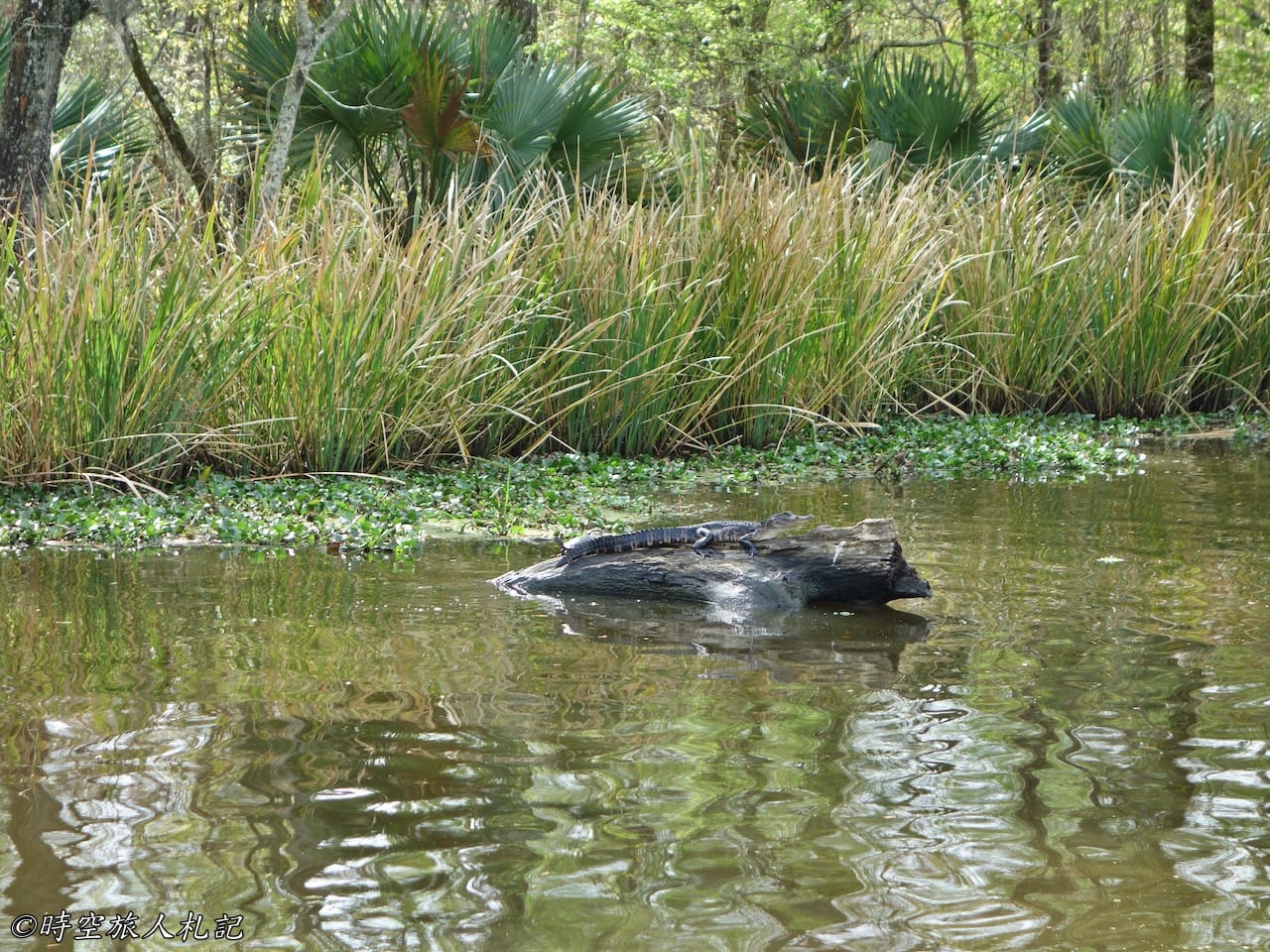
Stop 2 | Oak Alley Plantation
The second stop on our itinerary was Oak Alley Plantation, where we also had lunch. The buffet offered Louisiana's traditional Monday fare, featuring staples like red beans and rice, cornbread, and so on. After lunch, we participated in a guided tour, followed by some free time for independent exploration.
There are over a dozen plantations in the vicinity of New Orleans, most of which, like Oak Alley, are divided into plantation grounds, main buildings, gardens, and slave quarters. Oak Alley was built in 1837 and covers an area of 24 acres.
Main Building
The main building of Oak Alley Plantation is, of course, a large mansion with two stories. During the tour, visitors are guided through its interior. The first owner of the plantation was the French Creole Valcour Aime, who purchased the land in 1830 to start his sugarcane plantation business. He was known as the "Sugar King" and was one of the wealthiest individuals in the South. The mansion was built by his enslaved workers. The plantation changed hands a total of nine times until the last owner decided to open it to the public in 1970, transforming it into a museum showcasing the historical records of life on the plantation.
The most notable highlight is actually the iconic view of the pathway leading to the main building, framed by 28 grand oak trees. These majestic oaks were planted before the 17th century, and when the main building was constructed in 1837, the owner had these large oak trees transplanted to create the iconic landmark that it is today. This classic scene served as the filming location for the iconic movie "Gone with the Wind." It's a testament to the whims of the wealthy. The oaks are even larger than imagined, requiring several people to encircle their trunks together.
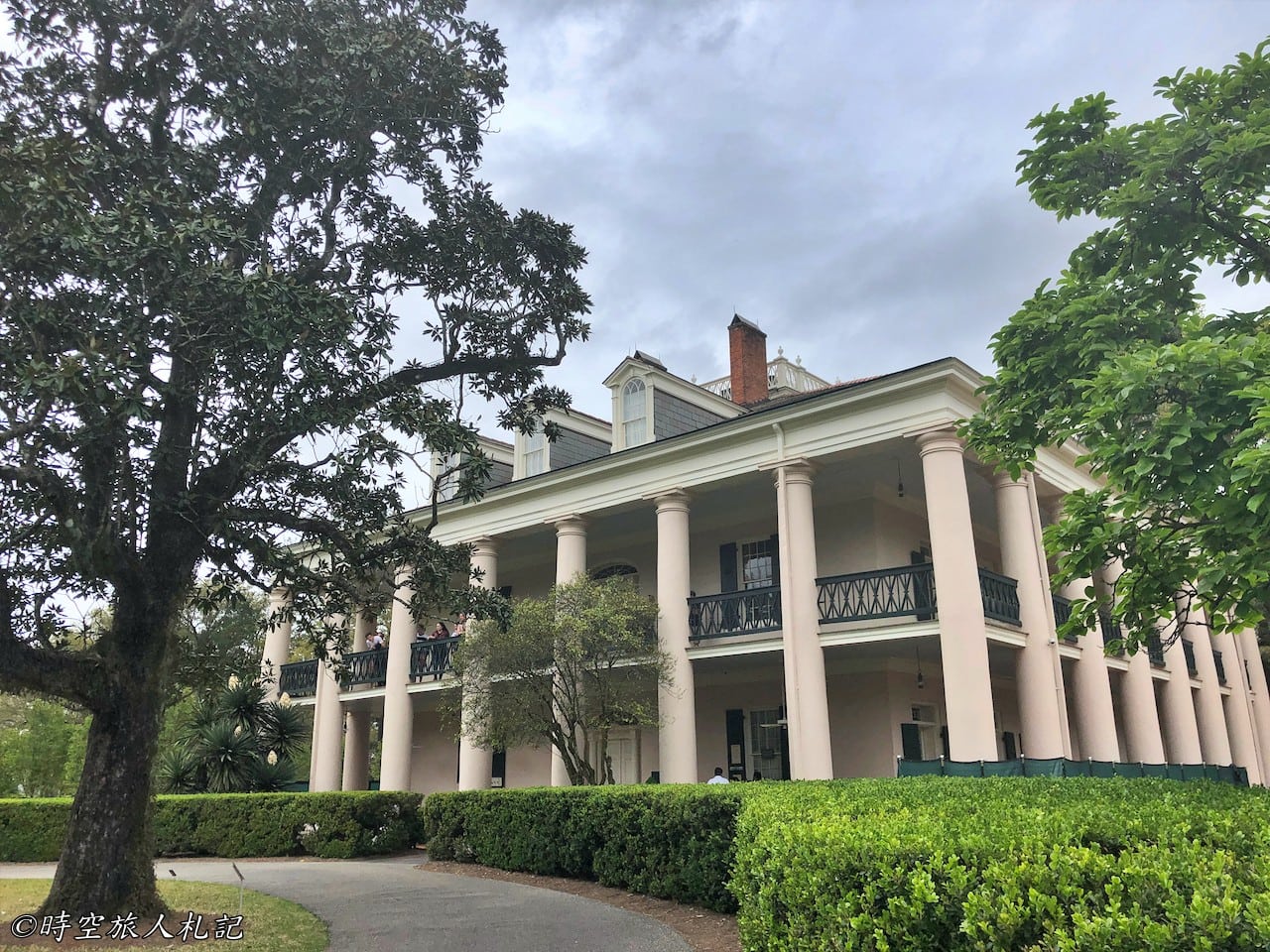

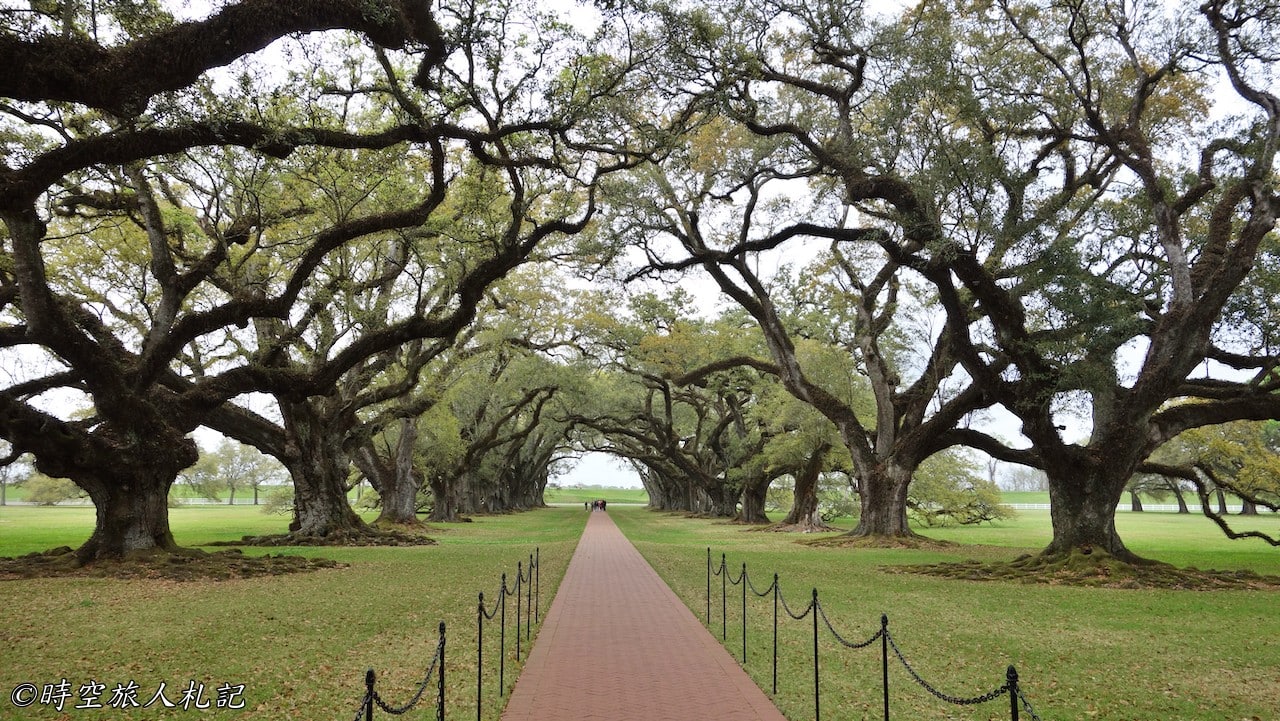
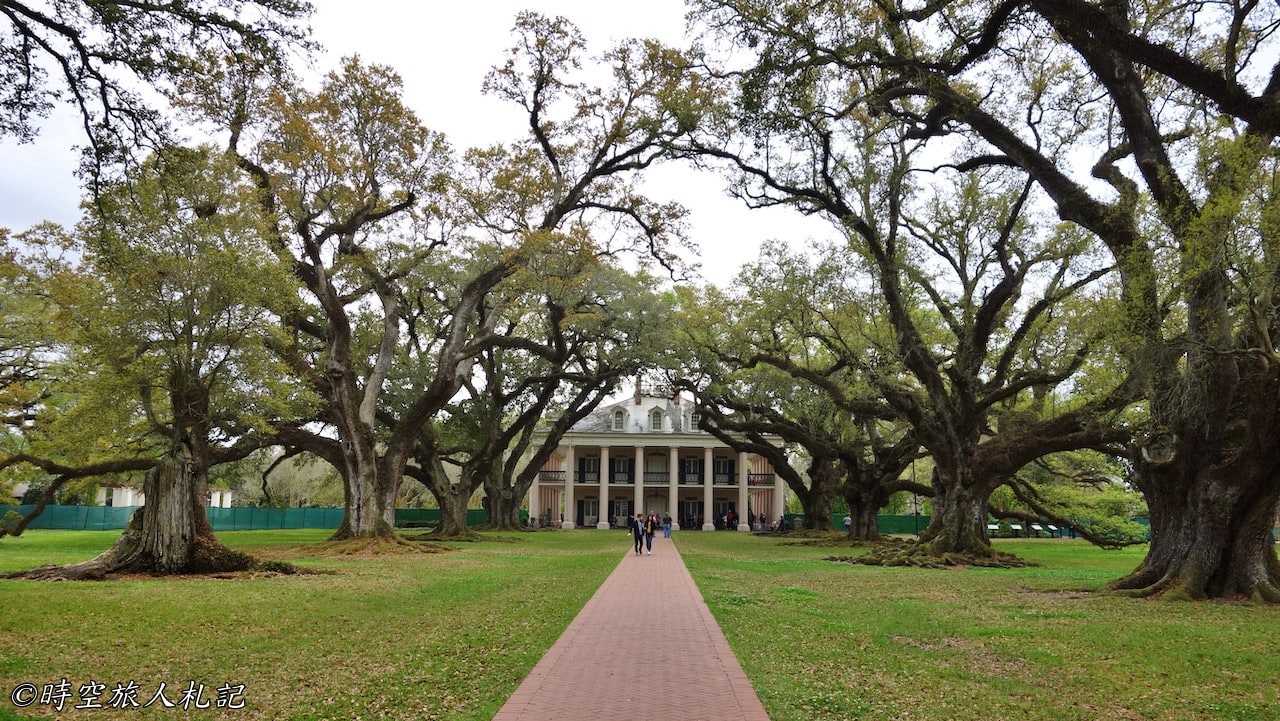
Sugar Cane Planting
In the 18th and 19th centuries, New Orleans was a major hub for sugarcane production, which is why there are so many plantations still preserved today. After the main building, there's a small theater where a film is shown explaining the process of sugarcane cultivation and sugar production. During the visit, you'll also see some of the tools and explanations used in sugar refining back in the day.
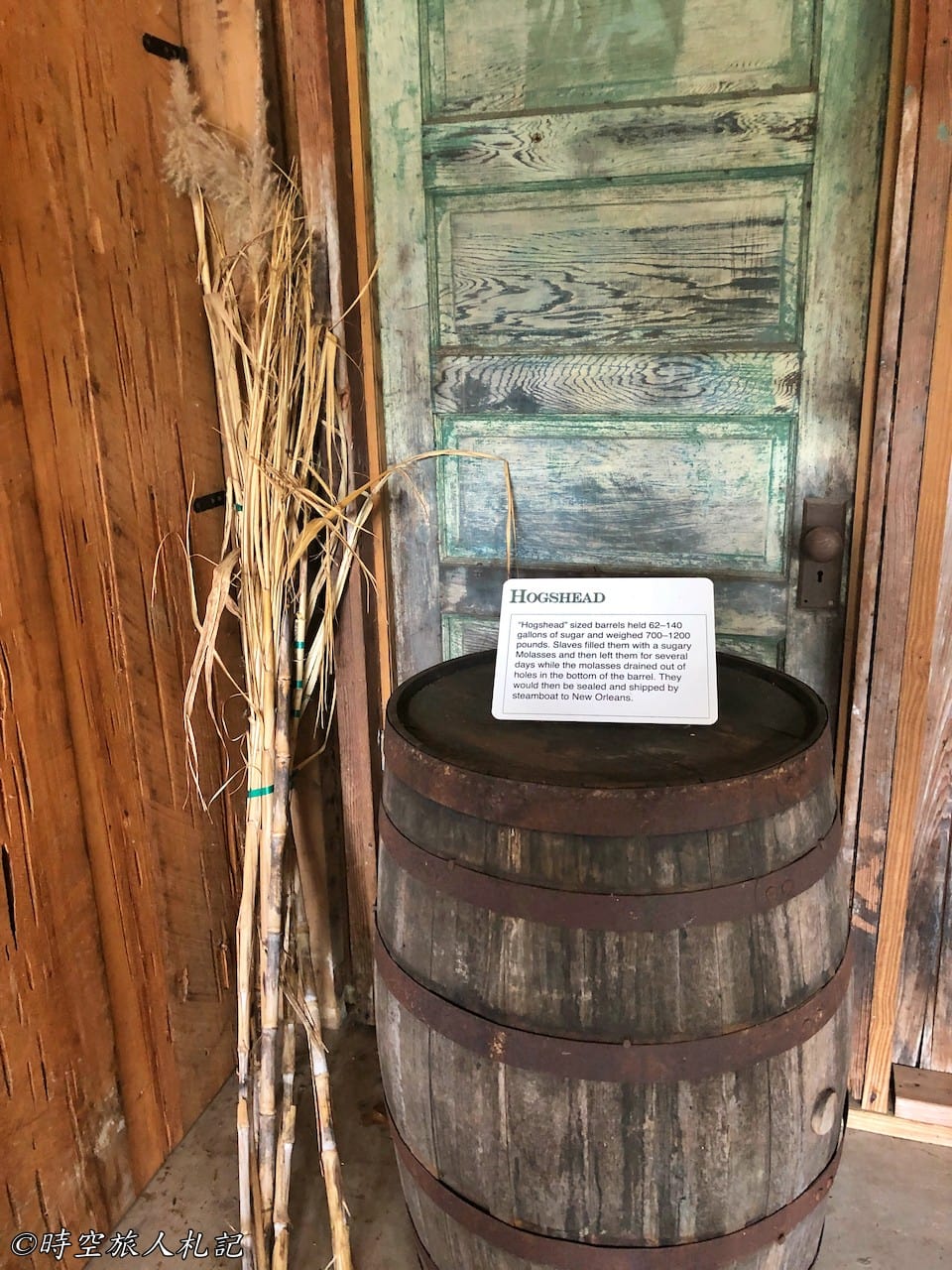


Slave Quarters
The area behind the mansion, which is also the entrance for visitors today, used to be the slave quarters. Rows of small houses were built behind the mansion, forming a sizable community.
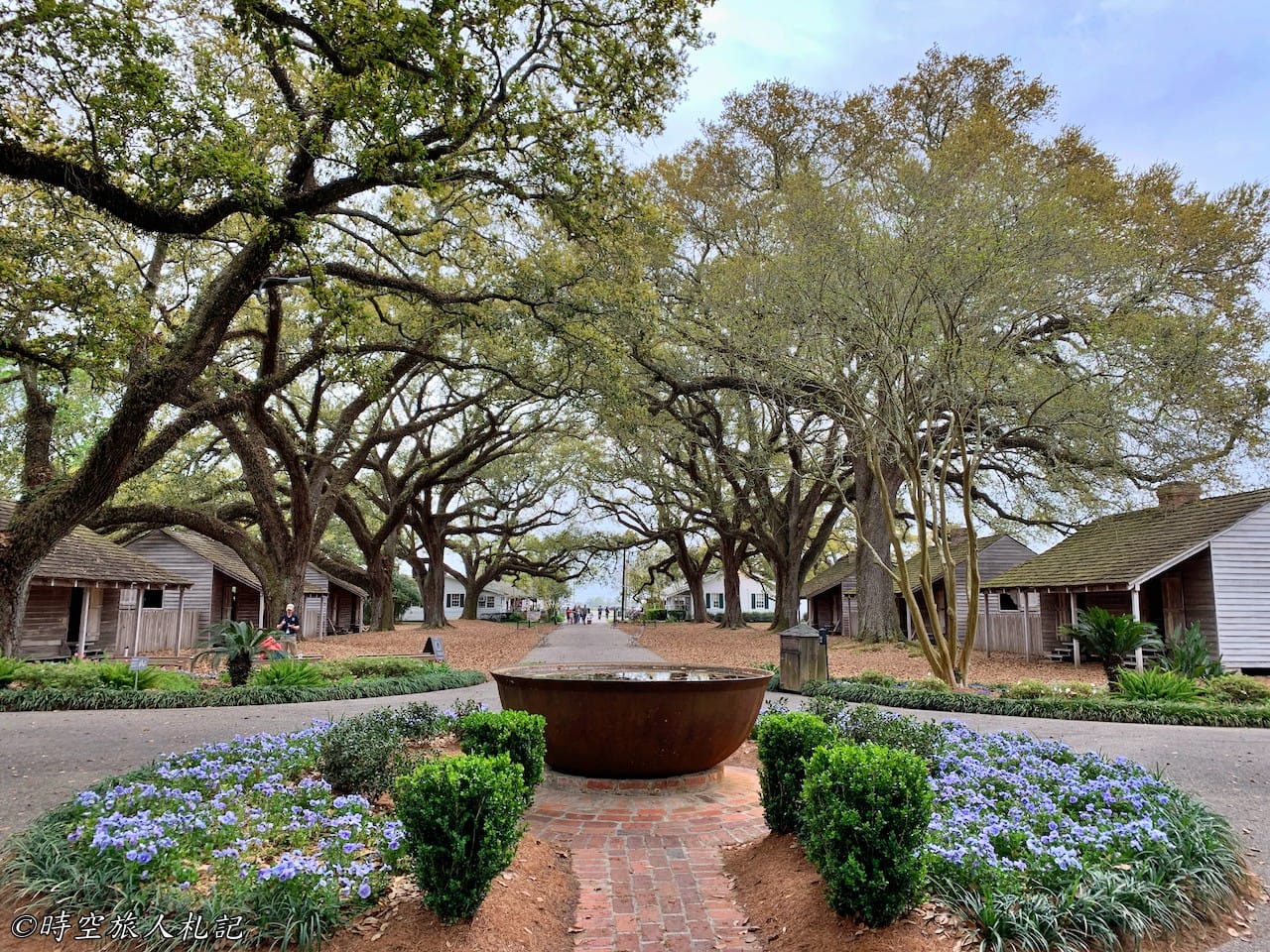
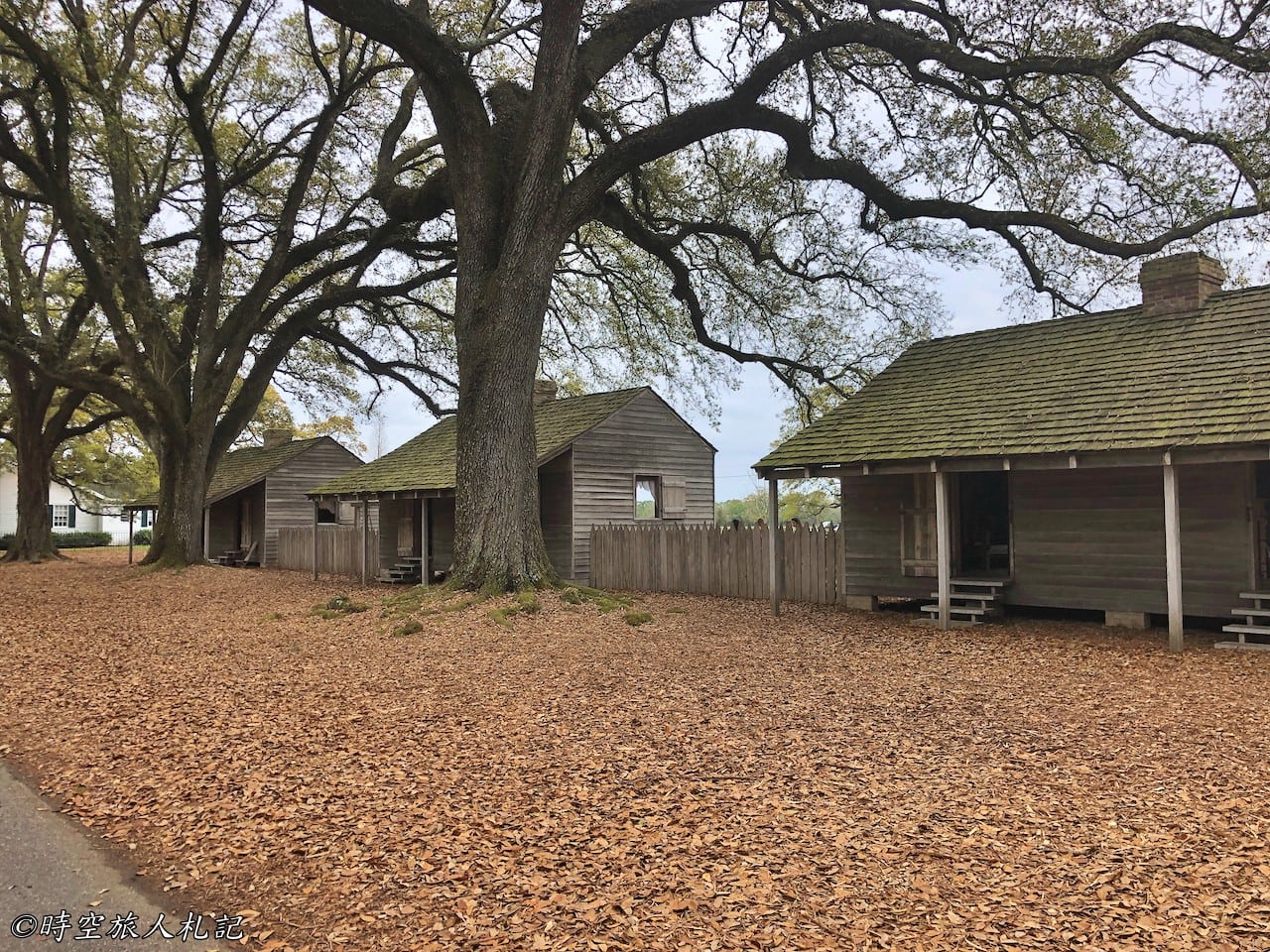
In its heyday around 1840, New Orleans was the largest slave market in the United States. Today, over 50% of the population in New Orleans is Black, with a significant portion being descendants of the enslaved population from that era. Within the slave quarters, exhibits showcase the utensils and clothing used by slaves, as well as furniture and even a hospital (primarily for isolating contagious individuals rather than providing genuine medical care) and tools used for punishing slaves. There were also chicken coops for the slaves; they often raised chickens to sell to their owners in exchange for pocket money.
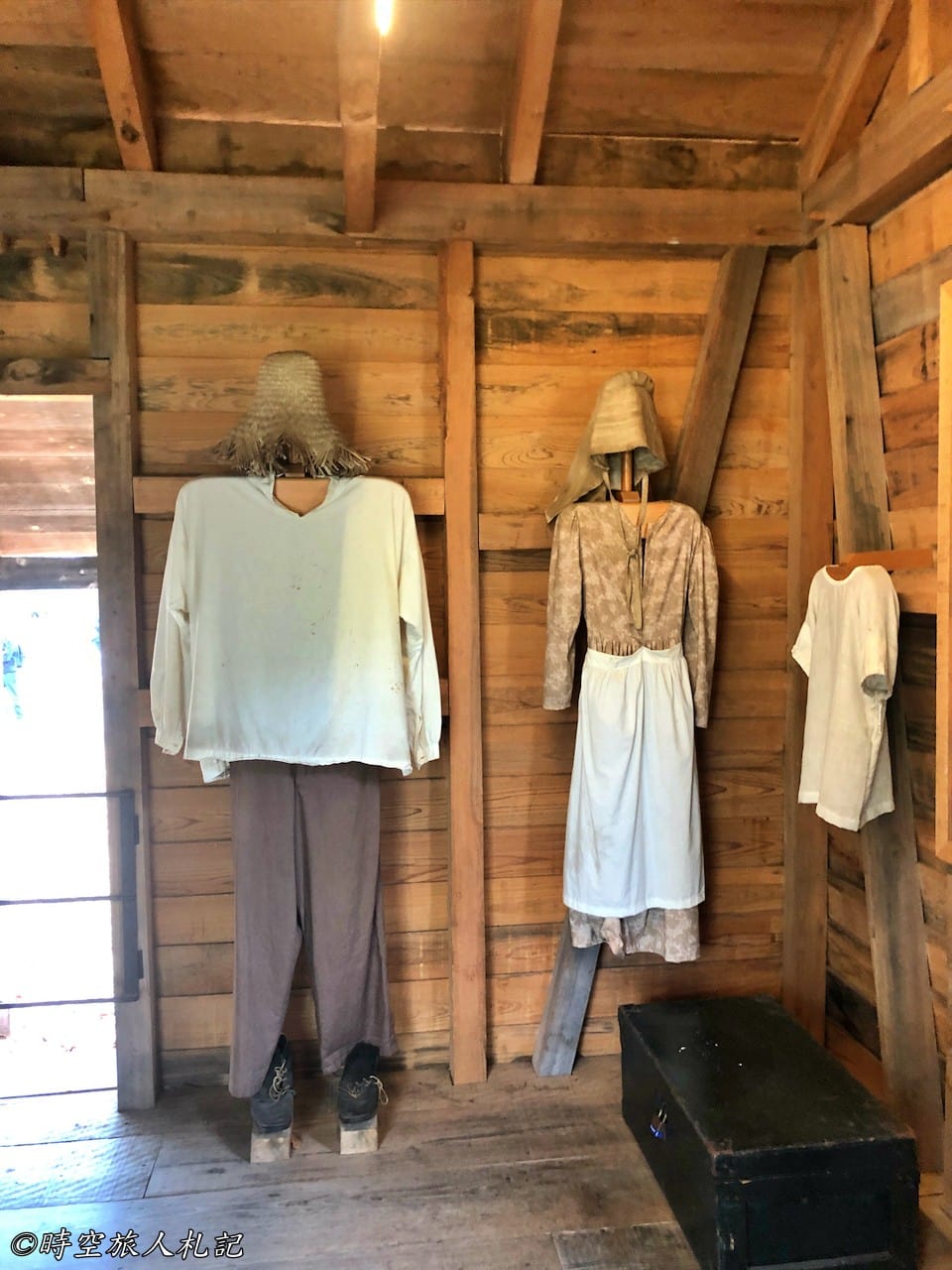
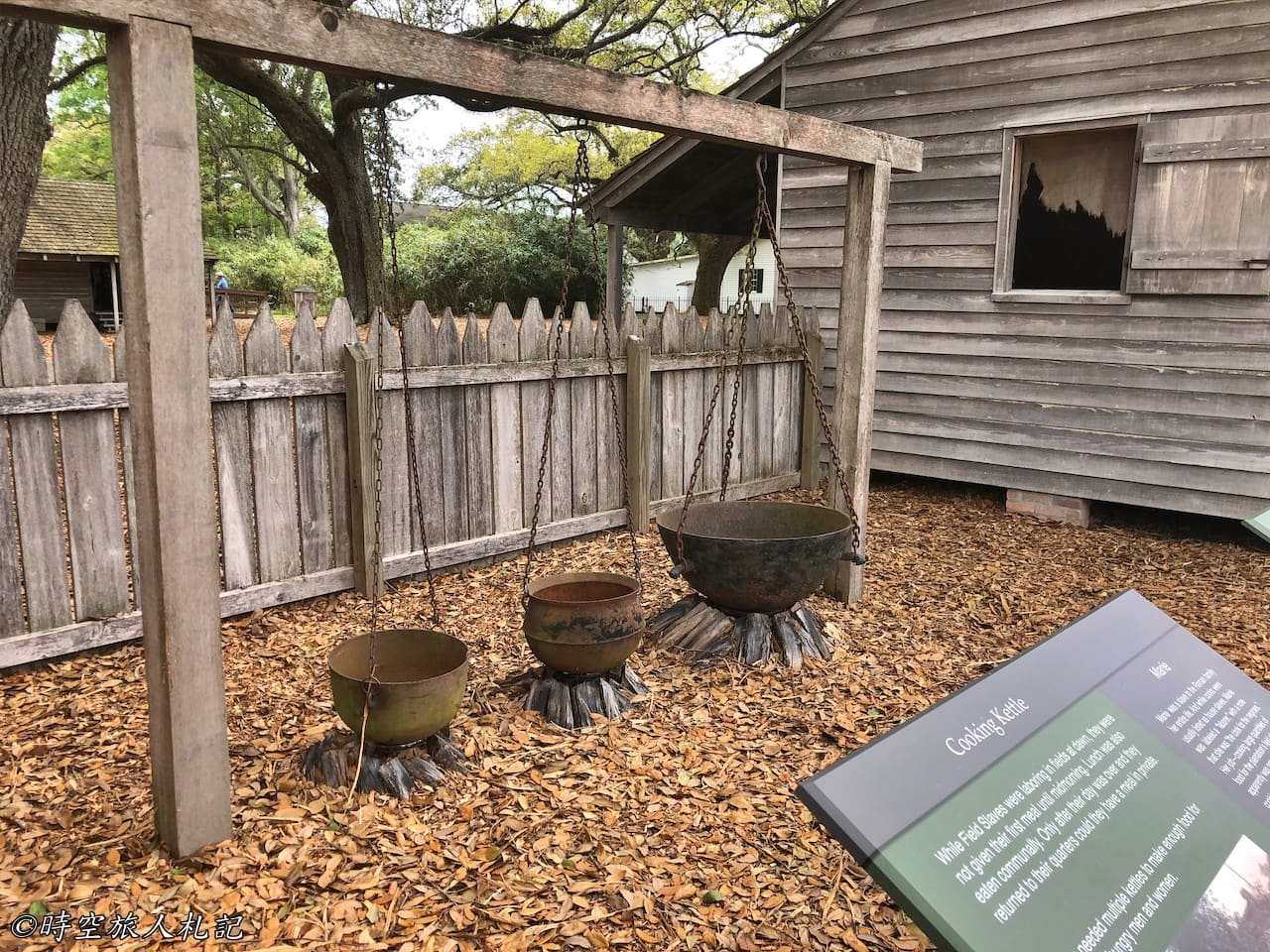
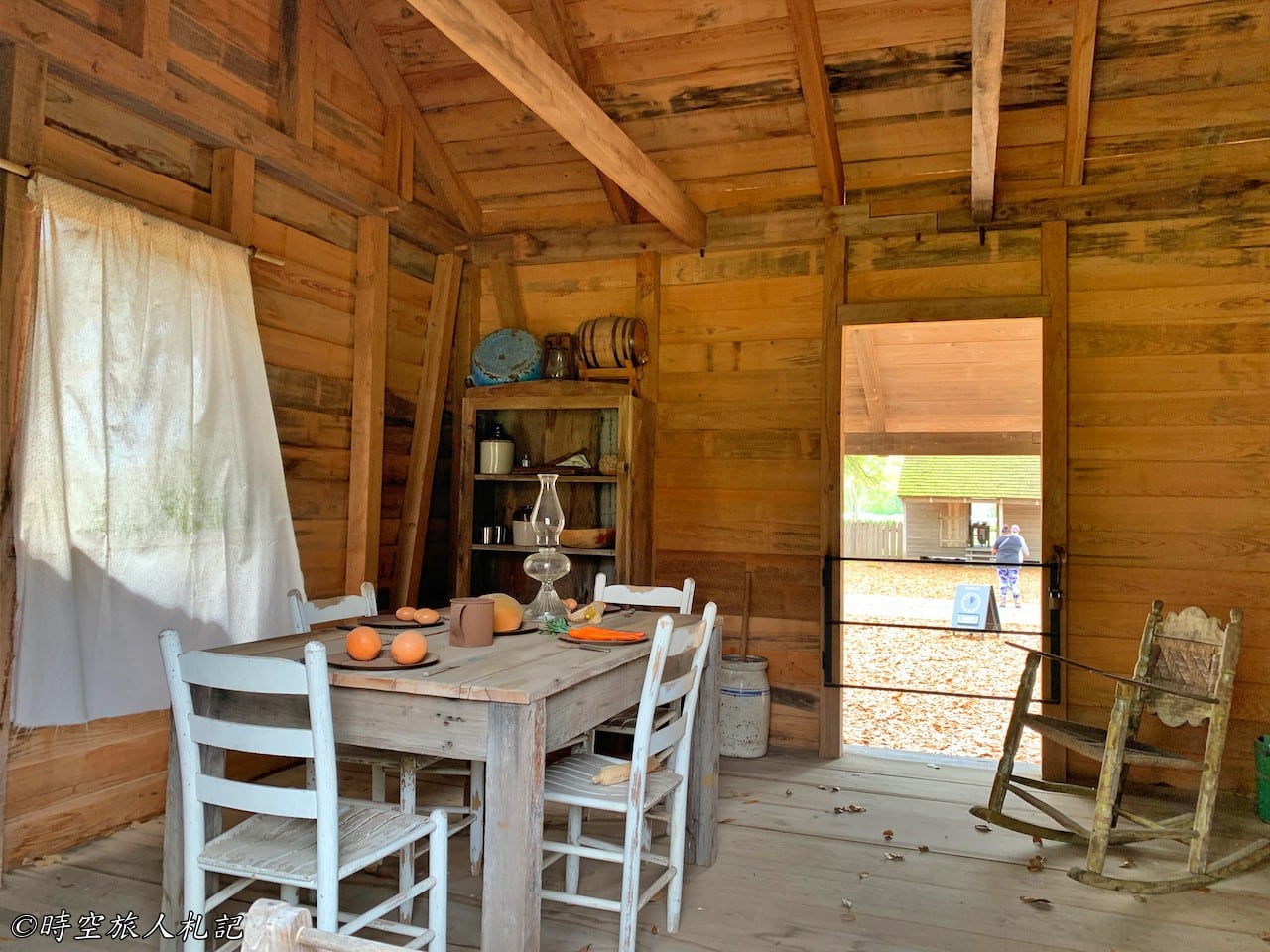
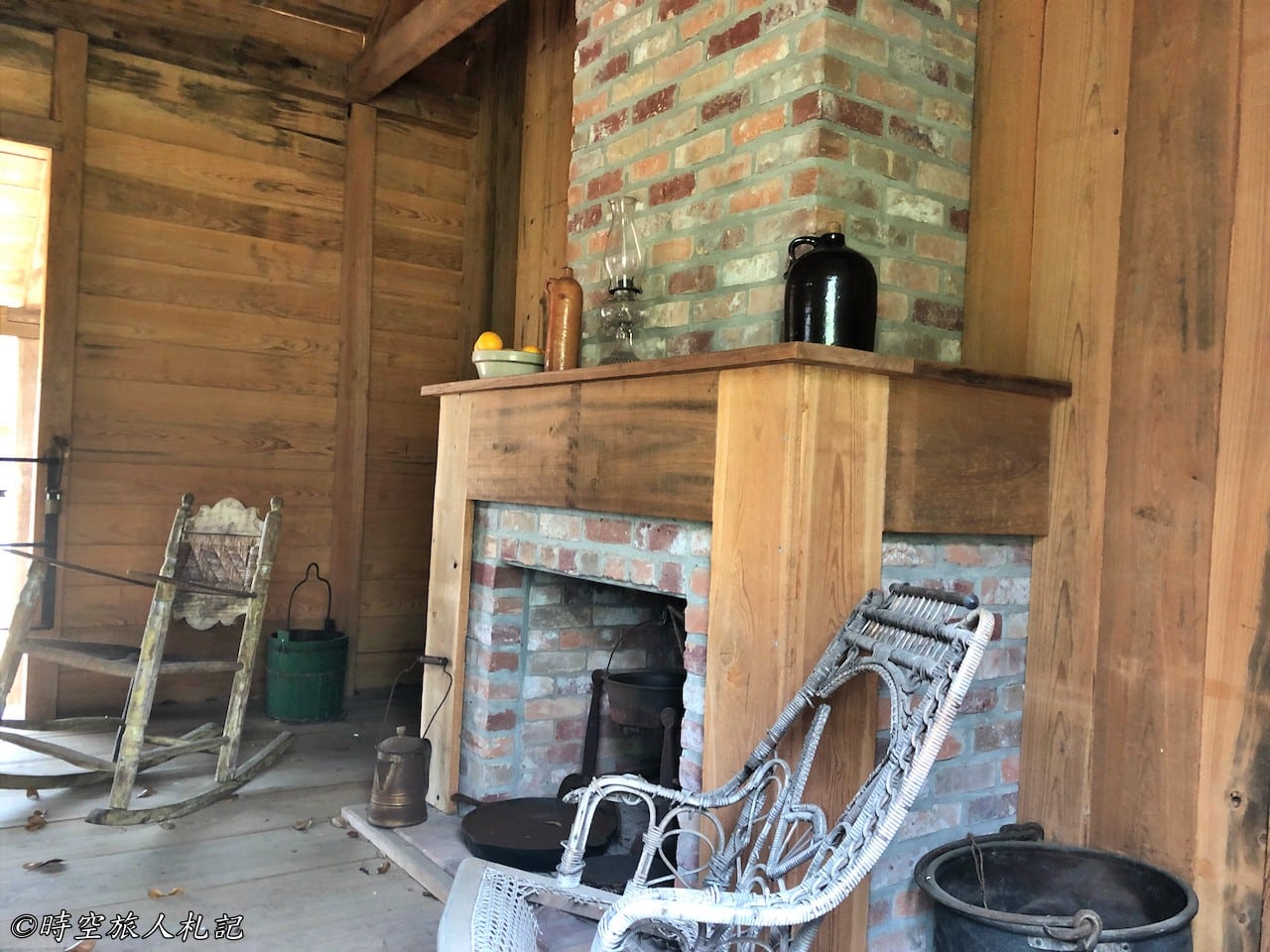
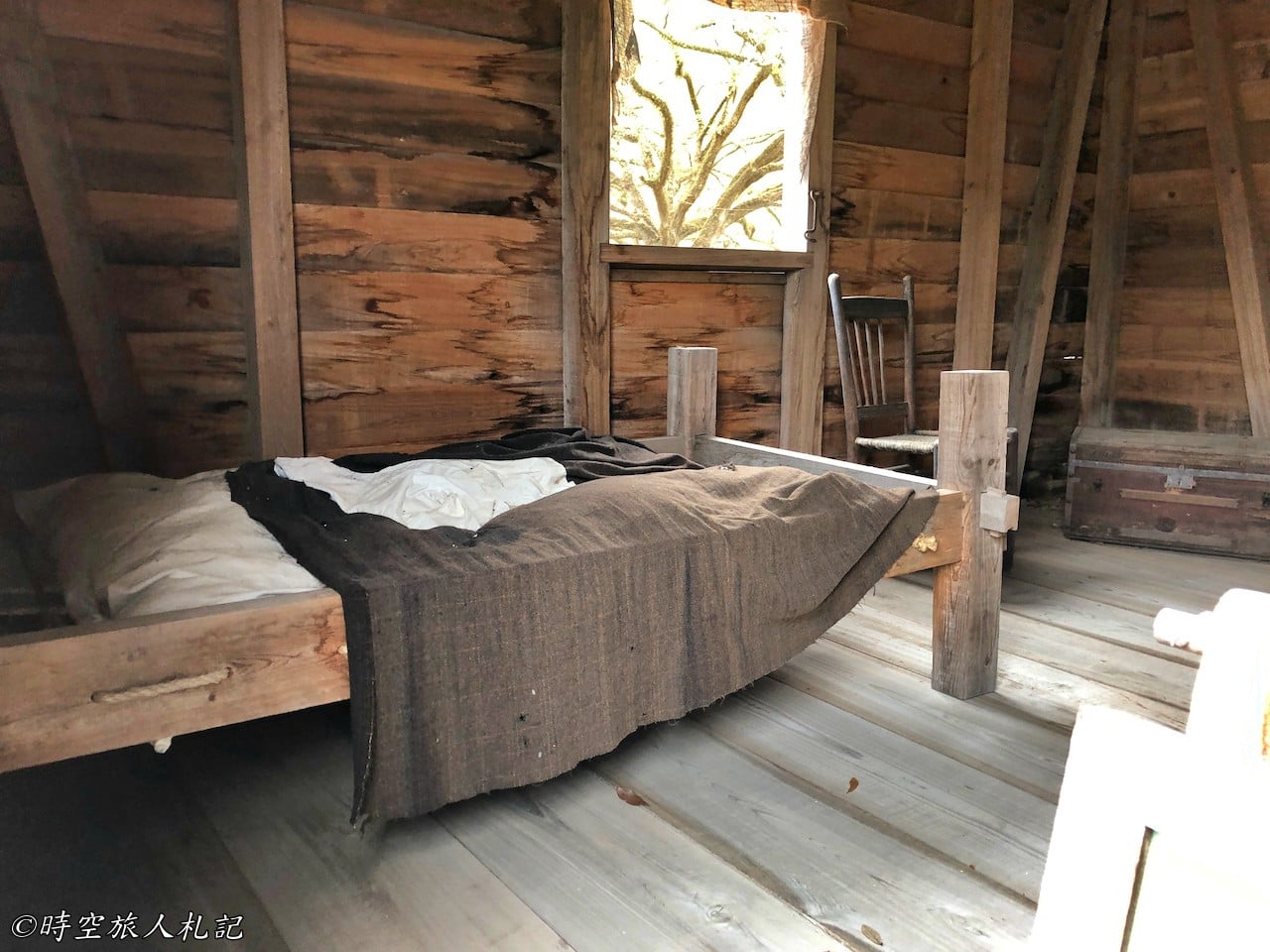
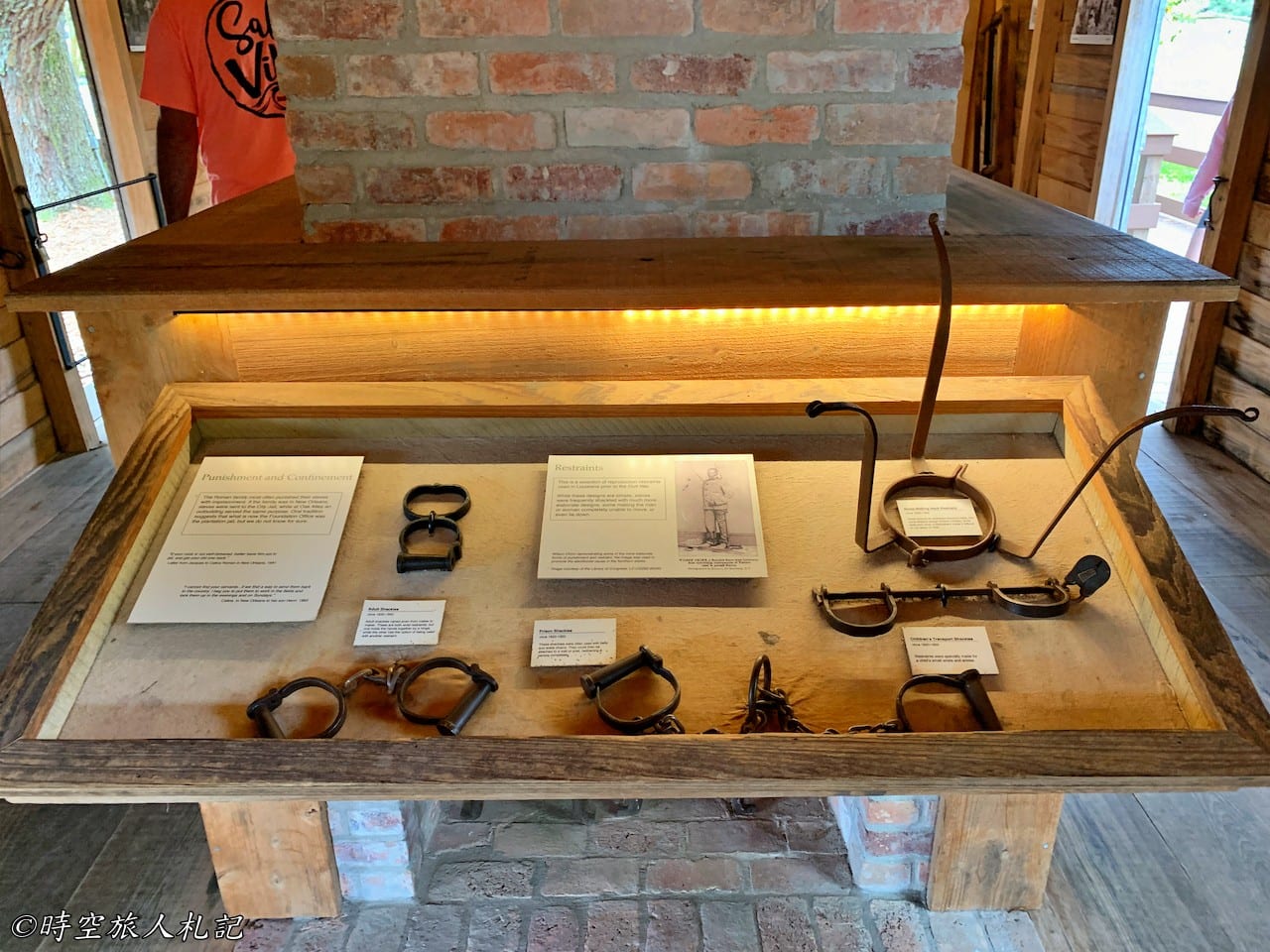
Stop 3 | Laura Plantation
The final stop on the itinerary is the Laura Plantation. What sets the Laura Plantation apart is its extensive preservation of the history of enslaved life. Upon arrival, visitors are greeted by a gift shop, where they must wait for the guided tour before entering the plantation grounds.
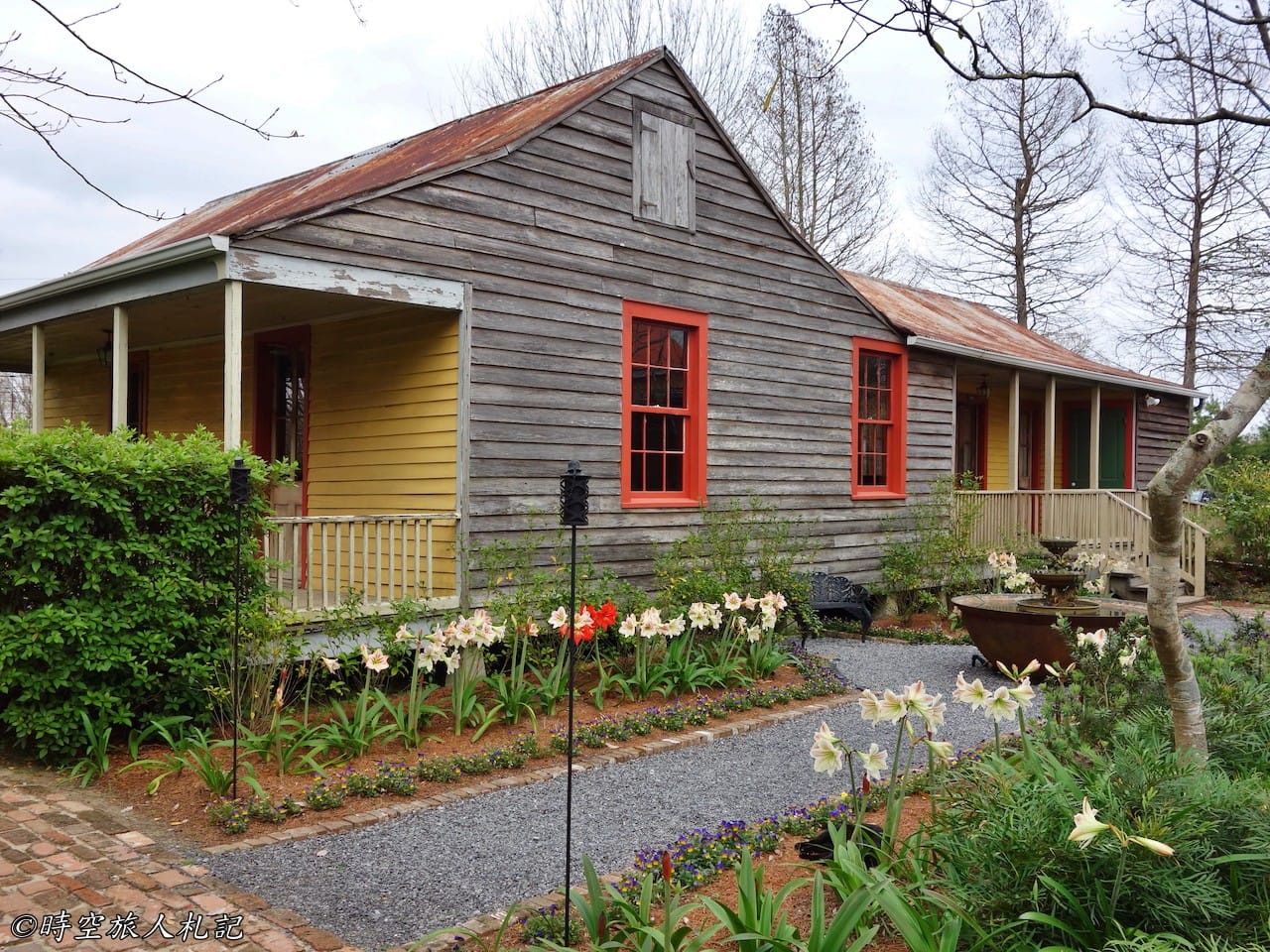
Manor House
The architectural style of the Laura Plantation differs from other nearby plantations commonly seen in the area. It features a Creole style, characterized by vibrant colors and particularly spacious verandas. Creole people are descendants of individuals from non-British Western European regions who were born in the United States.
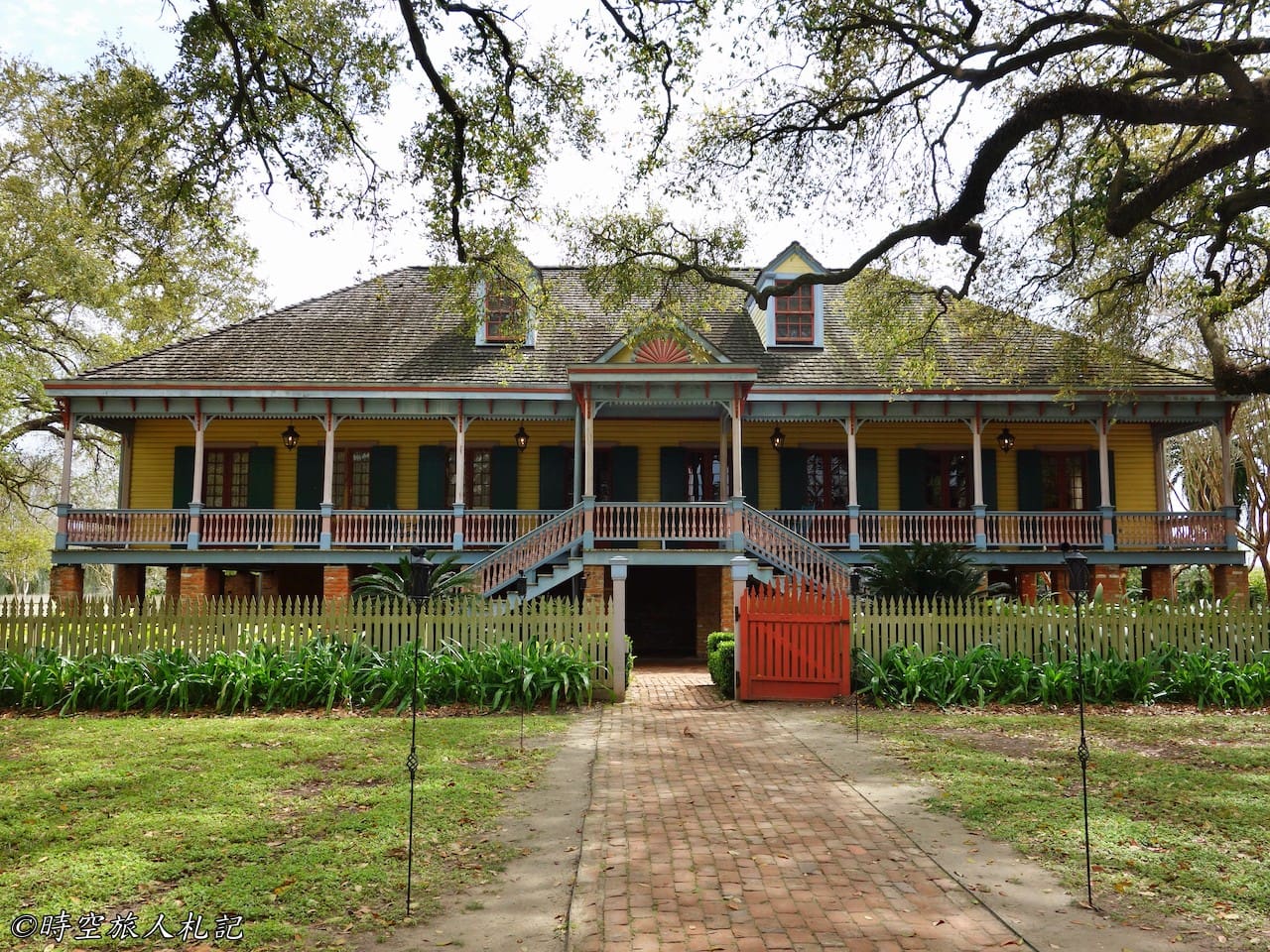
The actual structure of the building itself consists of only one floor, supported by brick pillars rising from the ground below. This design was implemented to prevent the main building from being affected by the floods of the nearby Mississippi River and to ensure cool and breezy conditions. As you ascend to the front entrance, the veranda indeed provides excellent ventilation. Sitting on the cool chairs, one can oversee the entire expanse of land behind. It's easy to imagine the plantation owner sitting here, overseeing their vast estate.
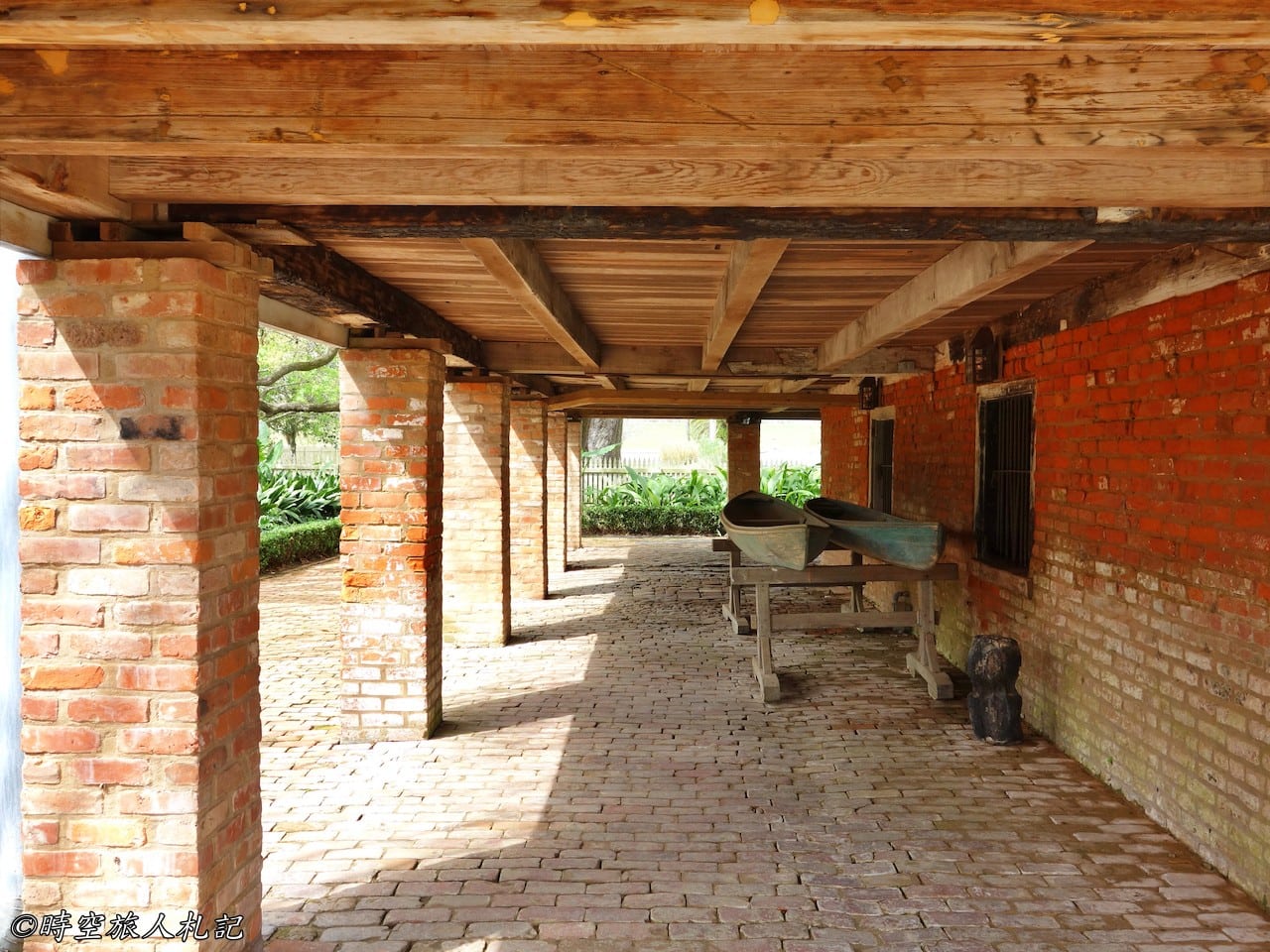
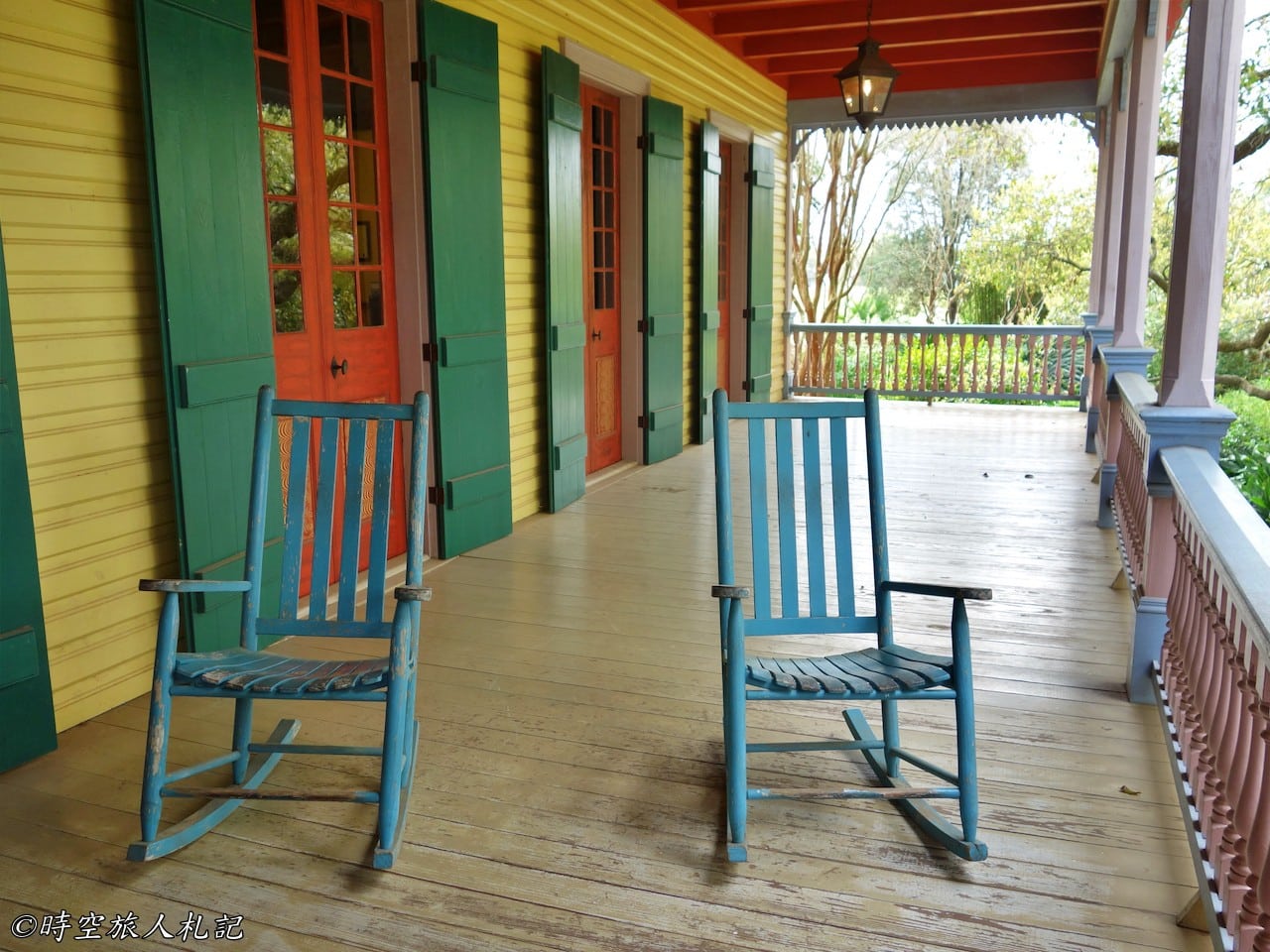
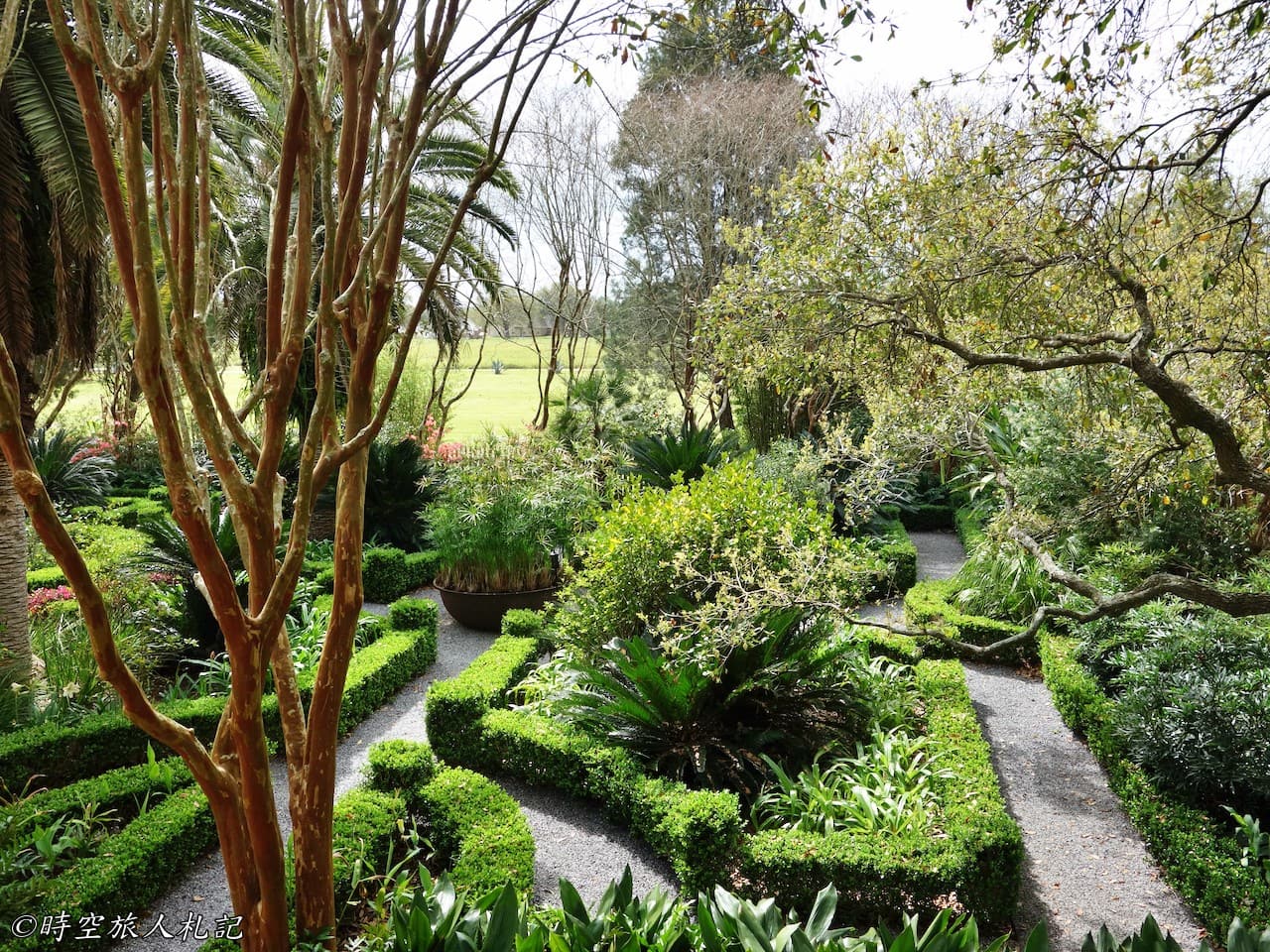
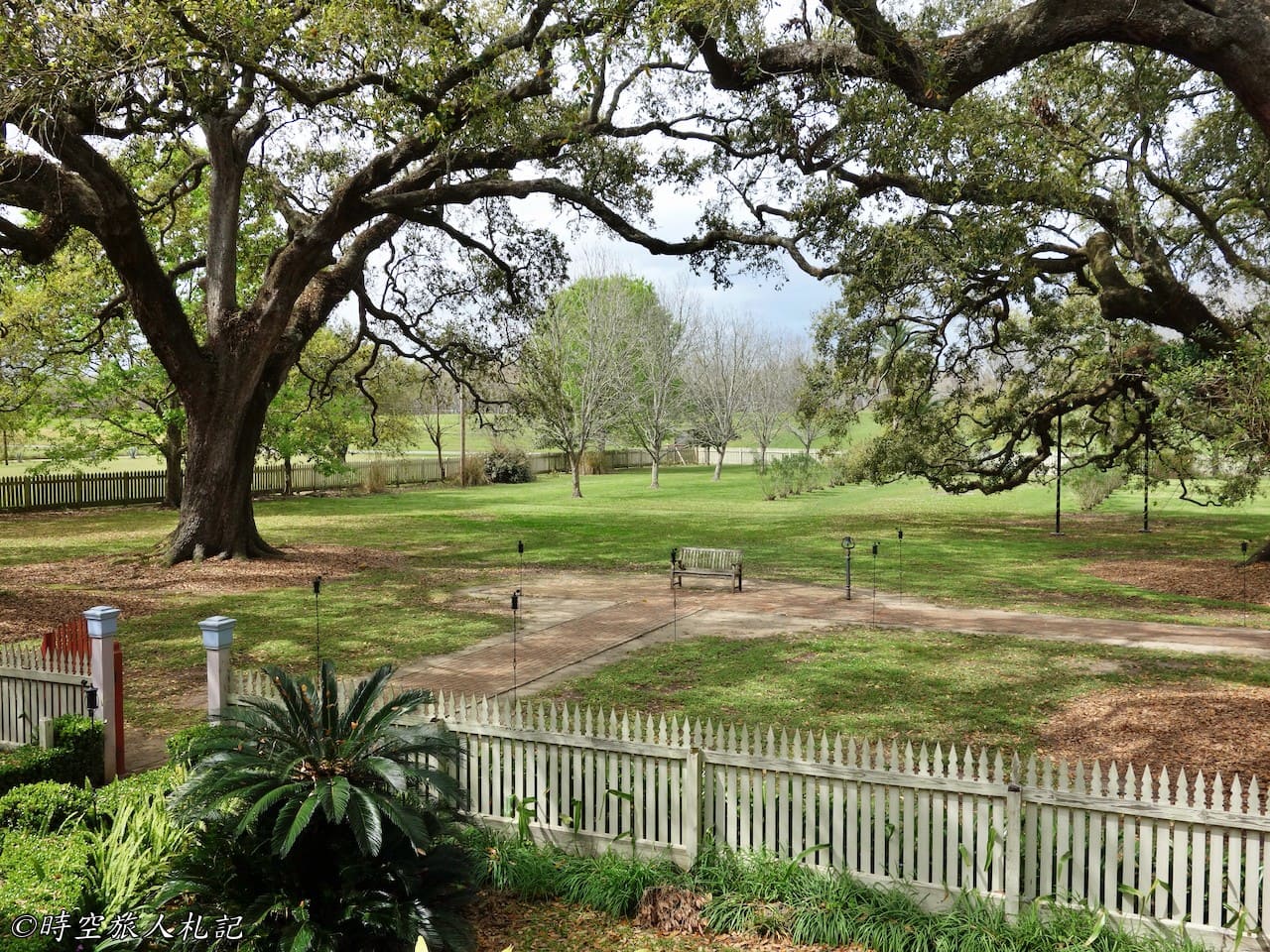
Another distinctive feature of the Laura Plantation is that it was managed by women for four consecutive generations. This tradition began with Laura's great-grandmother. Laura inherited the vast estate at the age of fourteen. Inside the house, visitors can see many photographs of her.
When Laura was a child, she once saw a slave with letters branded on his head. When she asked the slave about the reason, he told her it was because he had attempted to escape. Laura's grandmother had her name branded on his head as punishment. This incident seemed to leave a lasting impact on Laura. After inheriting the plantation, she increasingly resisted its management. Although she returned to manage the plantation for a decade later in her life, she eventually decided to sell the estate and move to St. Louis when she was 29 years old. She later came back to visit the plantation and wrote a memoir detailing the plantation's stories and the lives of the Creole people. This book is now an important resource for studying Creole culture.
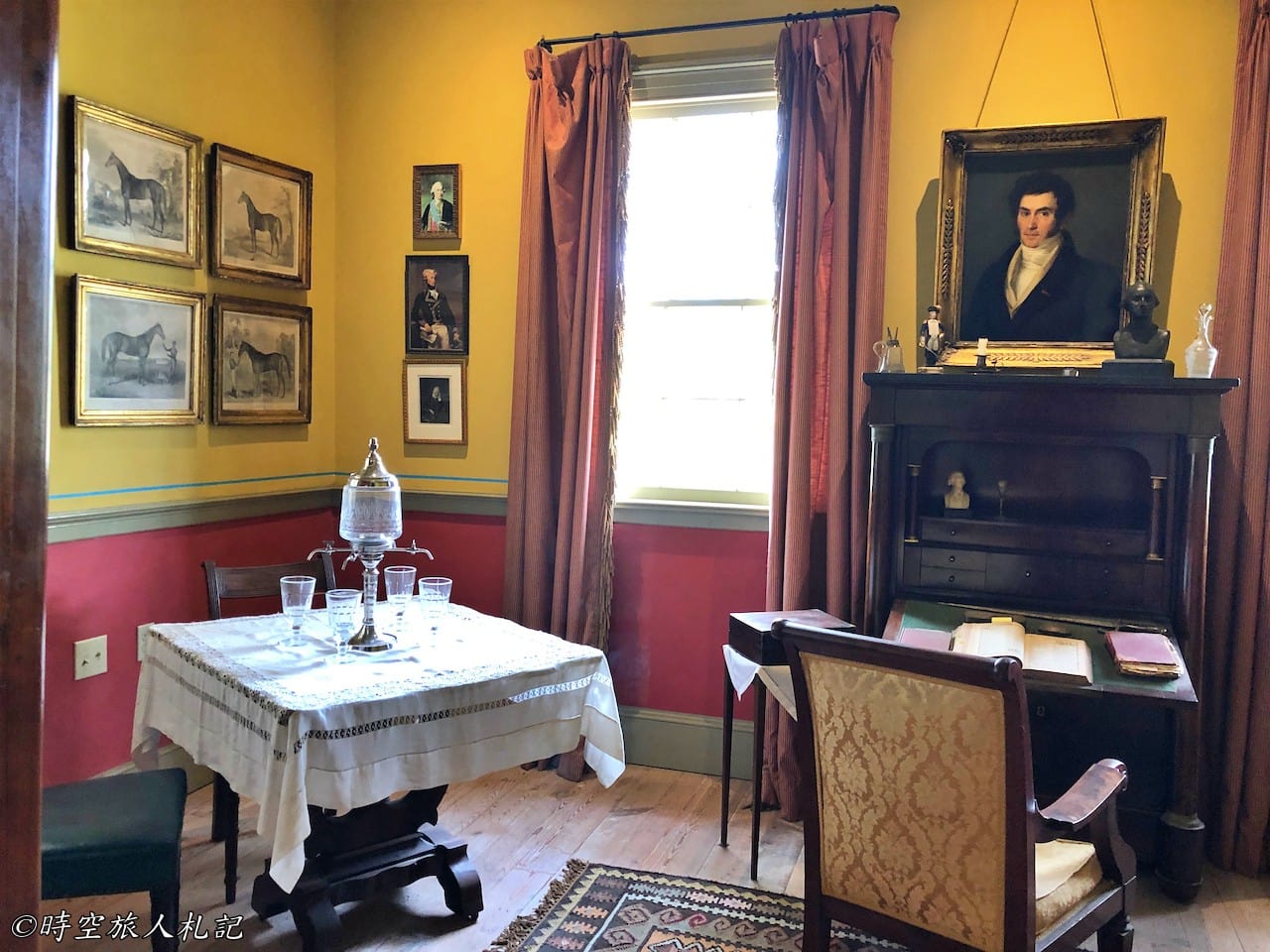
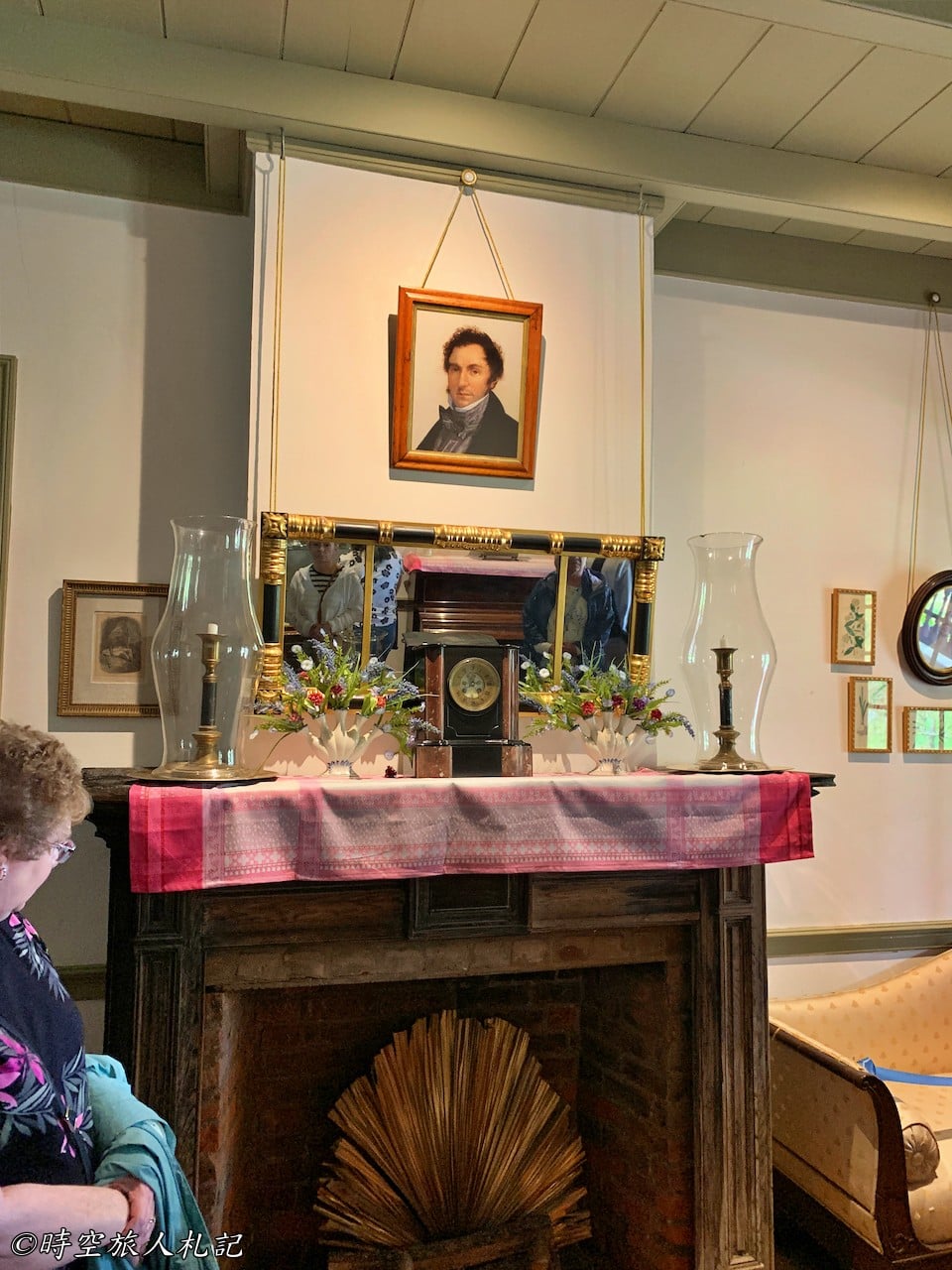
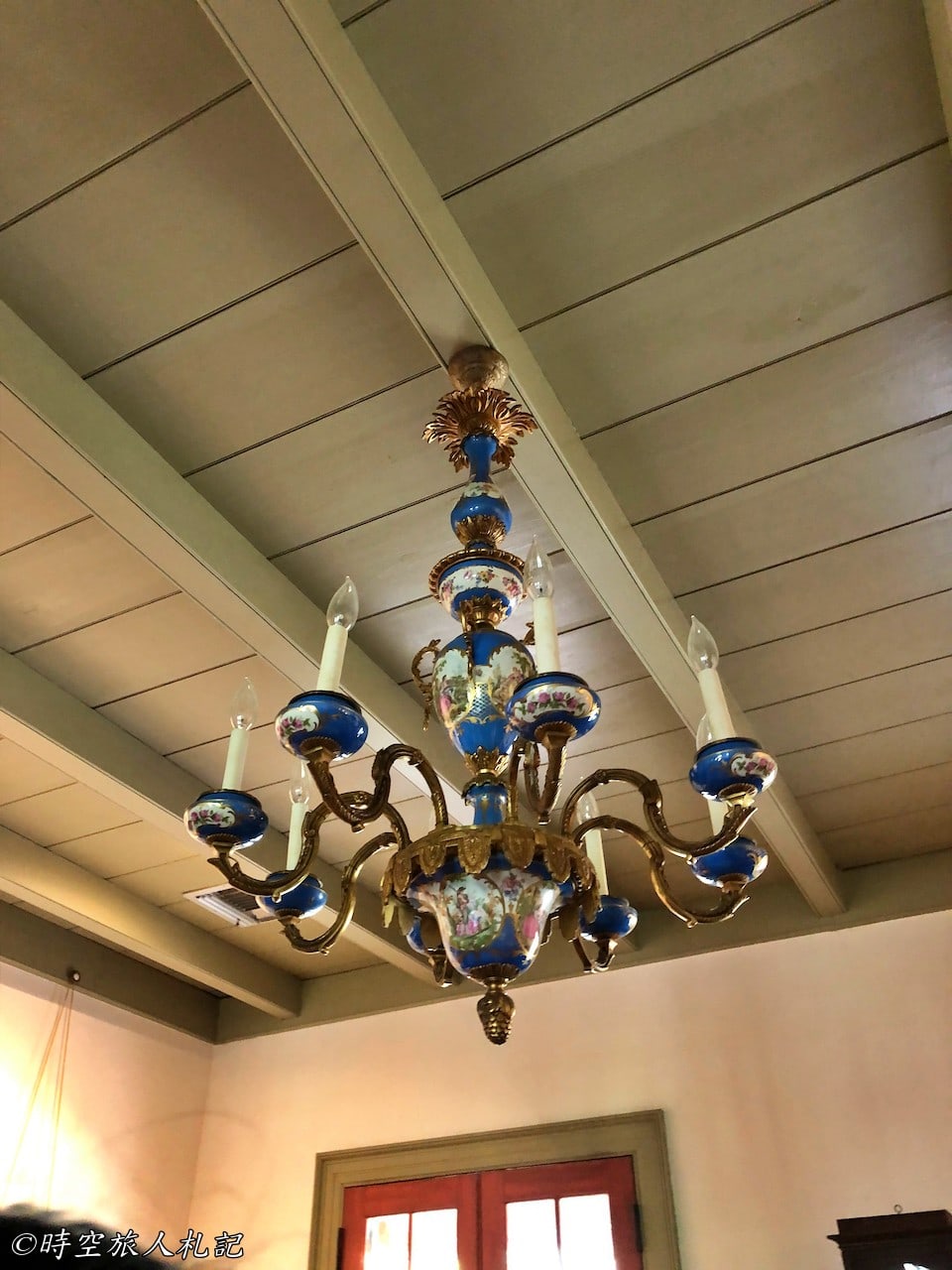
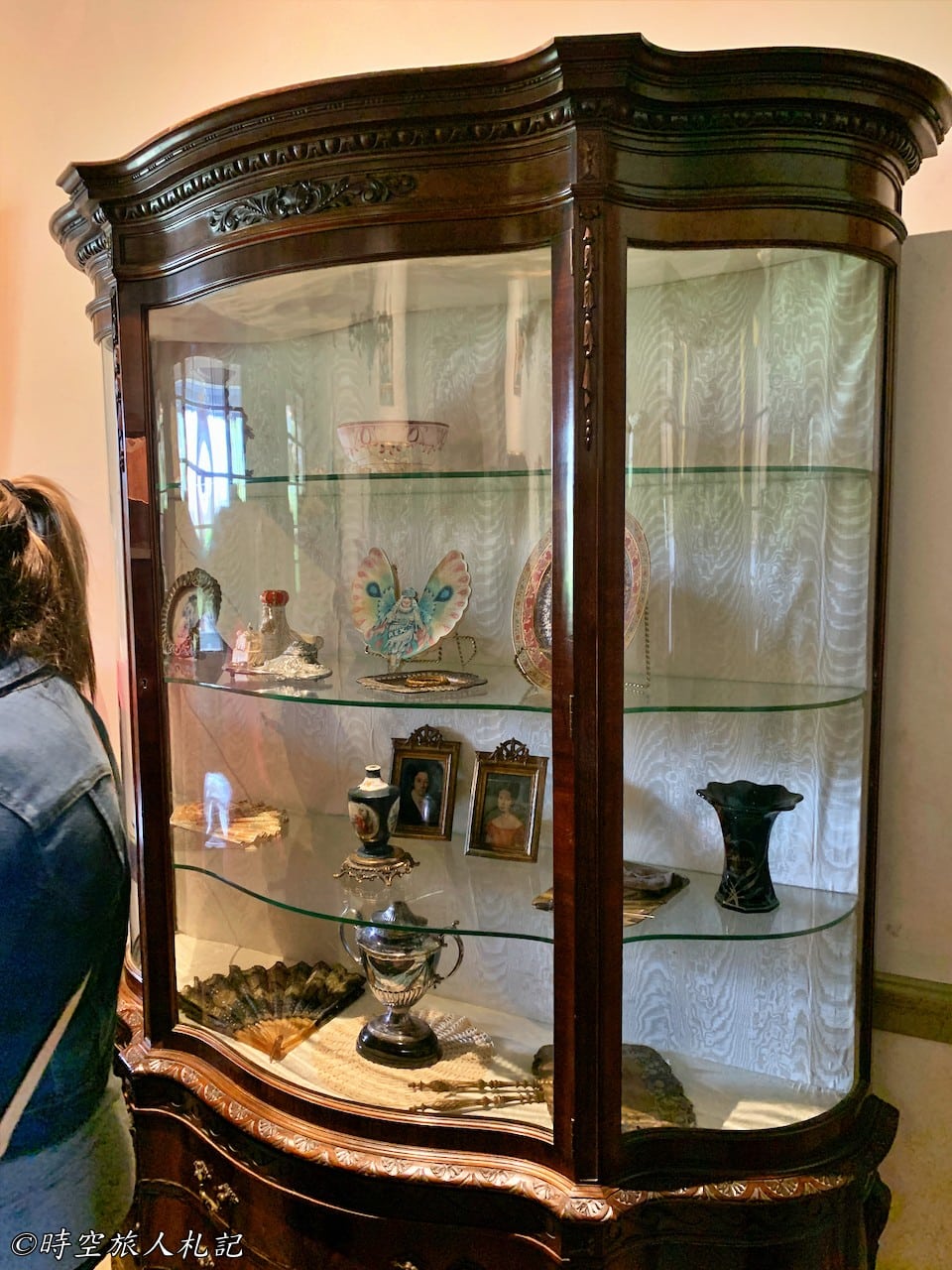
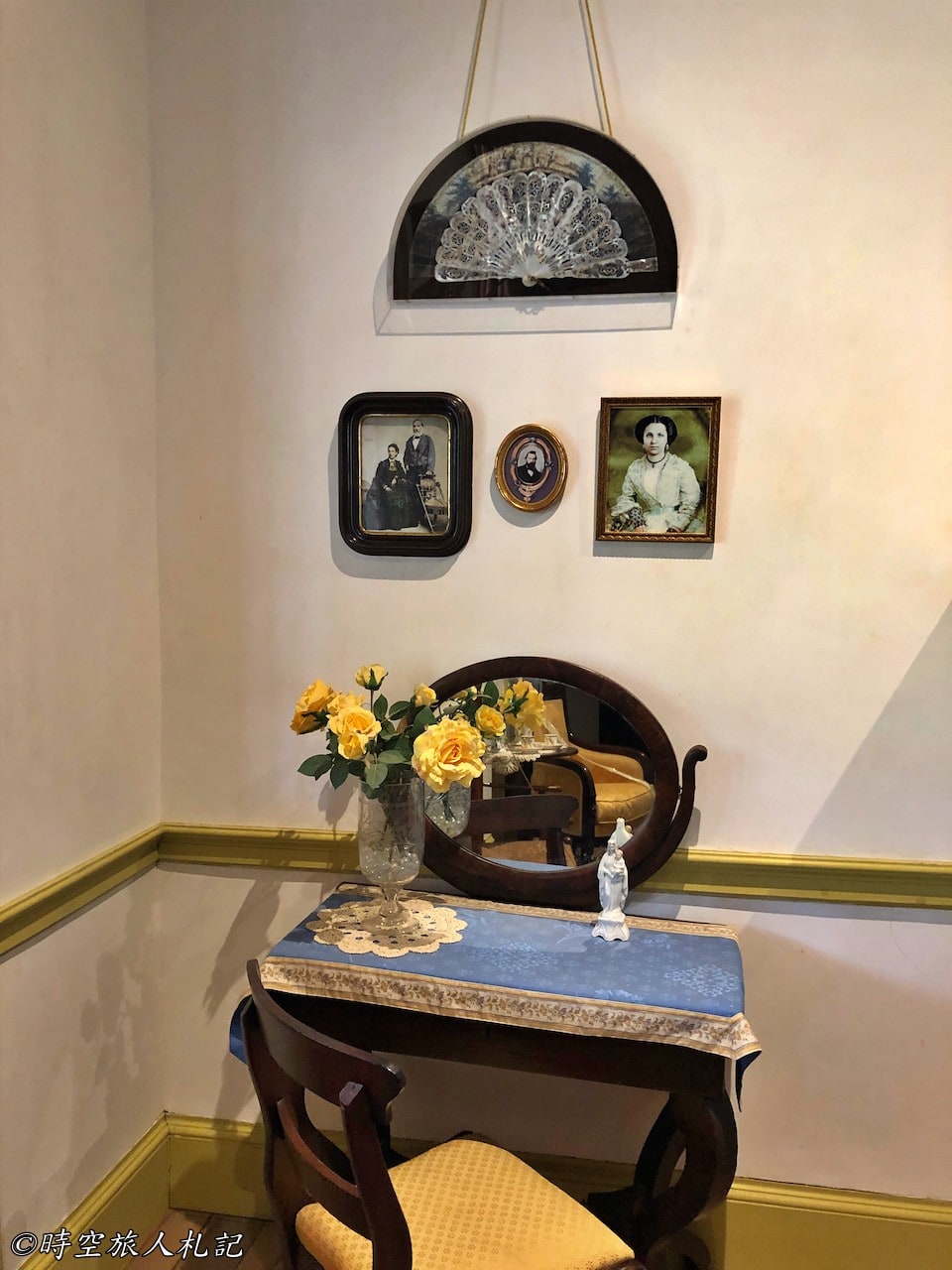
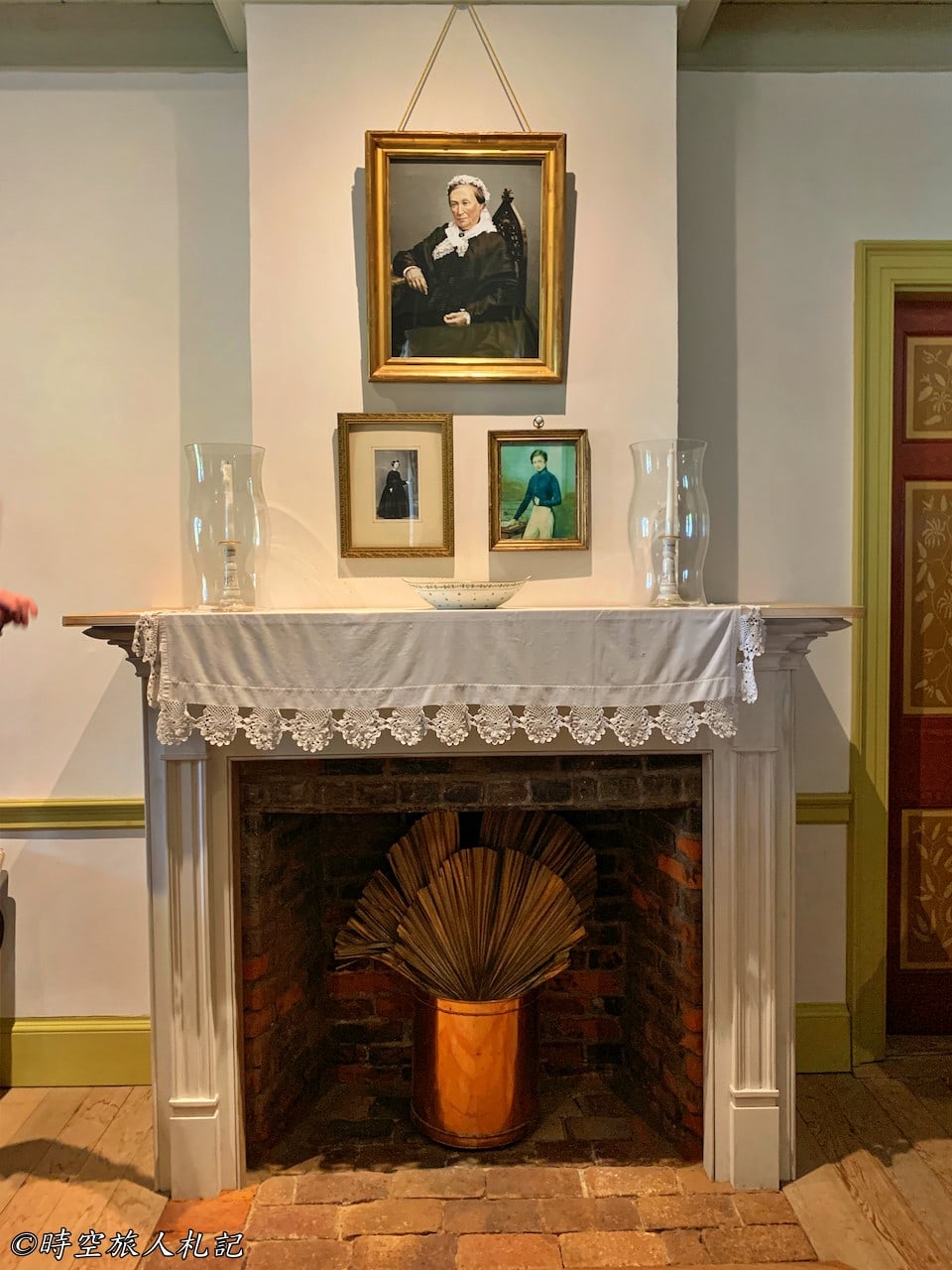
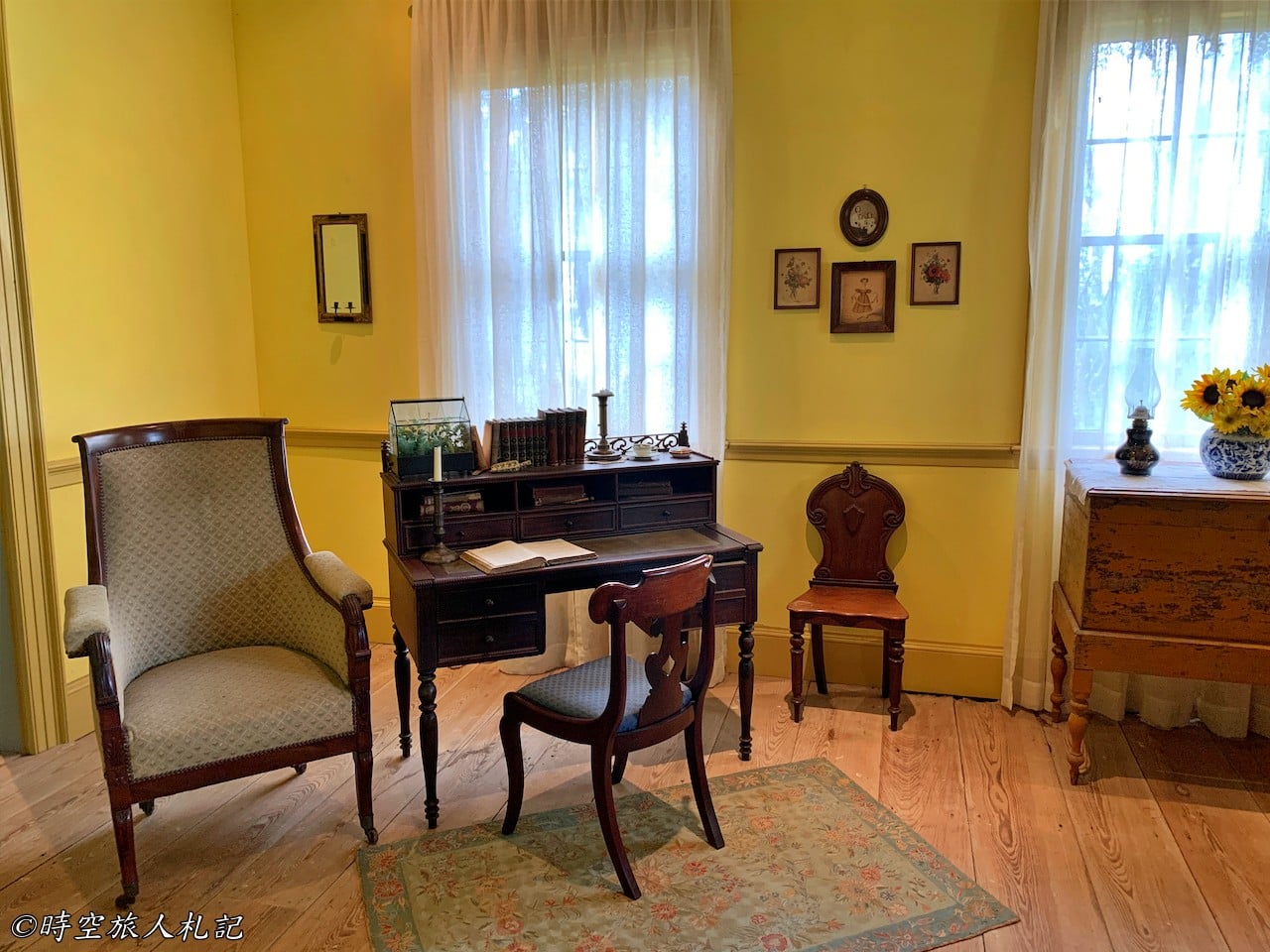
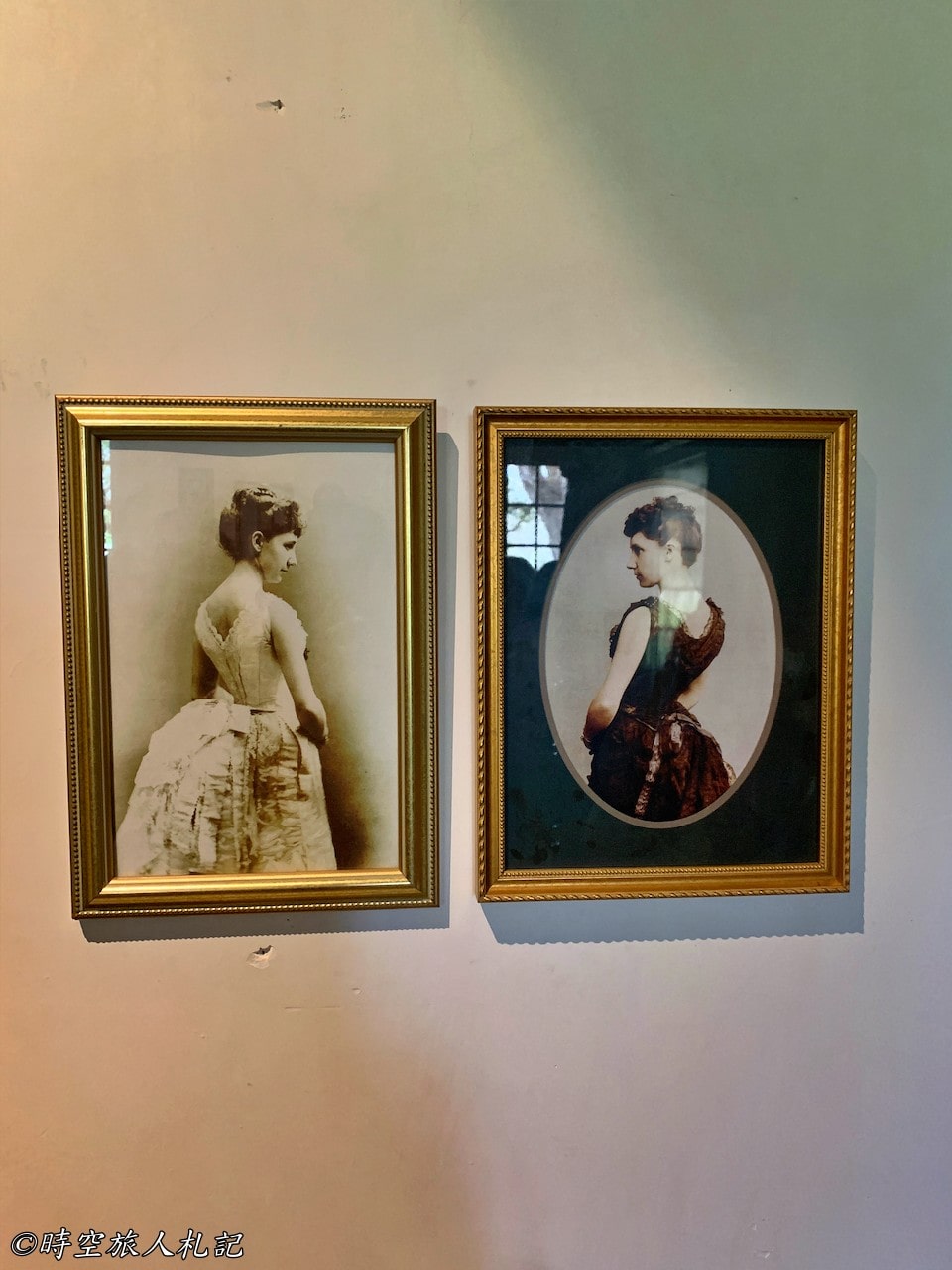
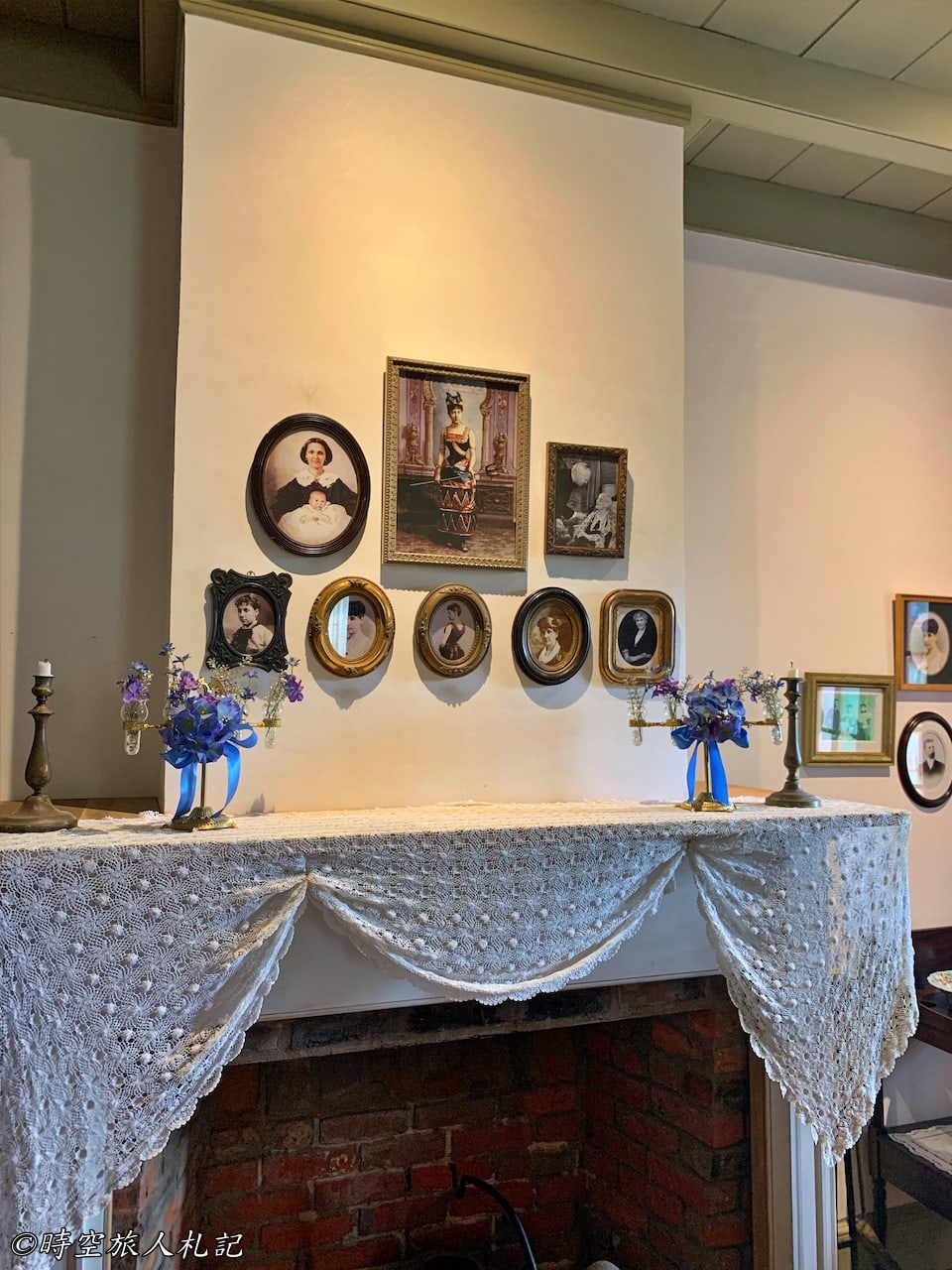
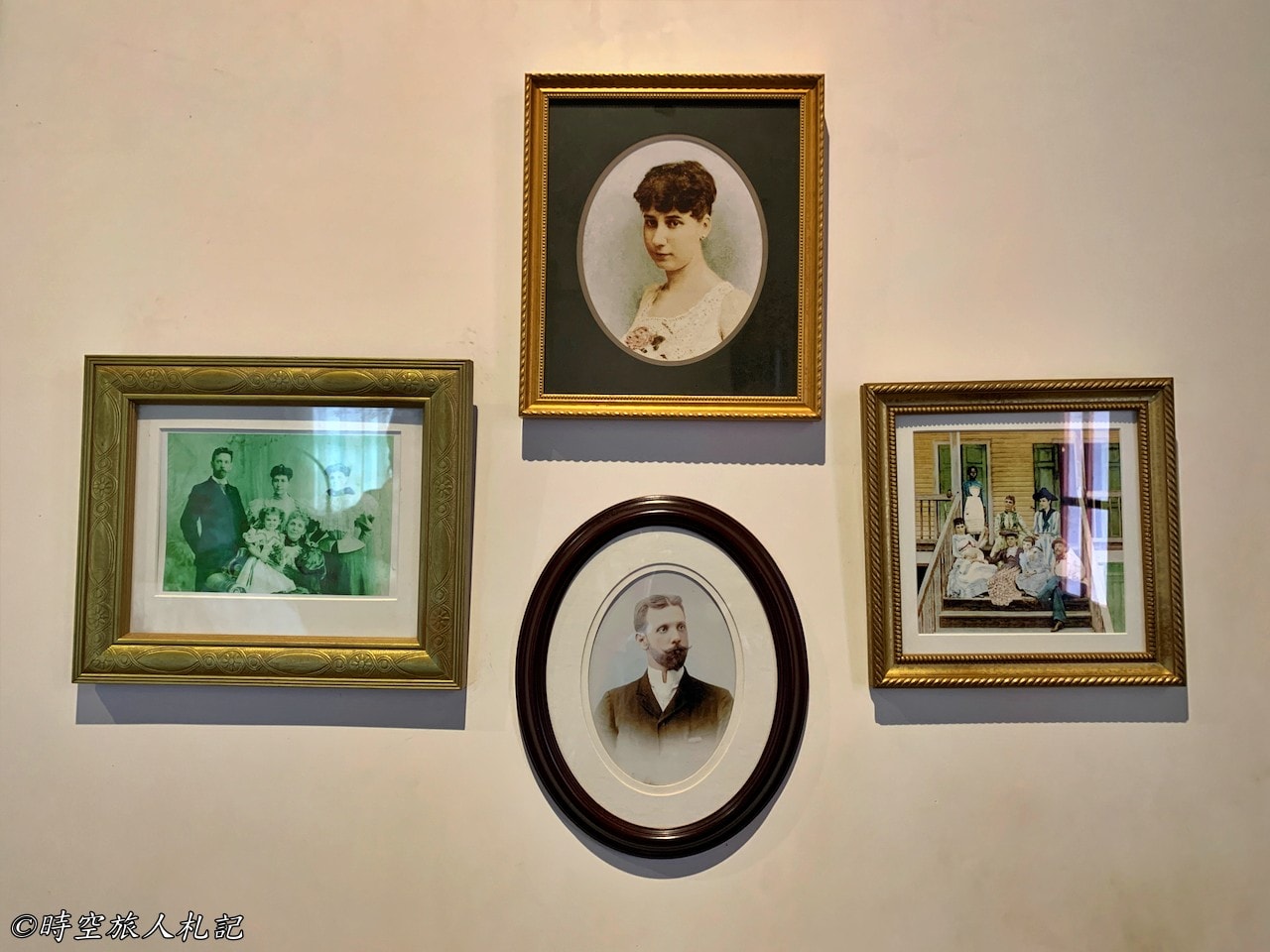

Slave Quarters
The slave quarters at the Laura Plantation are a significant attraction, offering a much more detailed explanation of the history of slavery compared to other plantations. Here, visitors can see detailed records of each slave's name and purchase price. The Laura Plantation has been in operation since 1755, and the number of slaves grew from 7 individuals to 185 over time. Visitors can also view the Black Codes issued by King Louis XIV. According to the laws of the time, plantation owners were required to provide food, clothing, and shelter to their slaves, but slaves were considered their owners' property, and owners had the authority to subject them to arbitrary punishment.
There are a total of six slave cabins on display here. Even after the Civil War and emancipation, some freed slaves chose to remain on the plantation and work for wages, leading to the continued use of these cabins. This ongoing use has provided further insights into the lives of the residents.
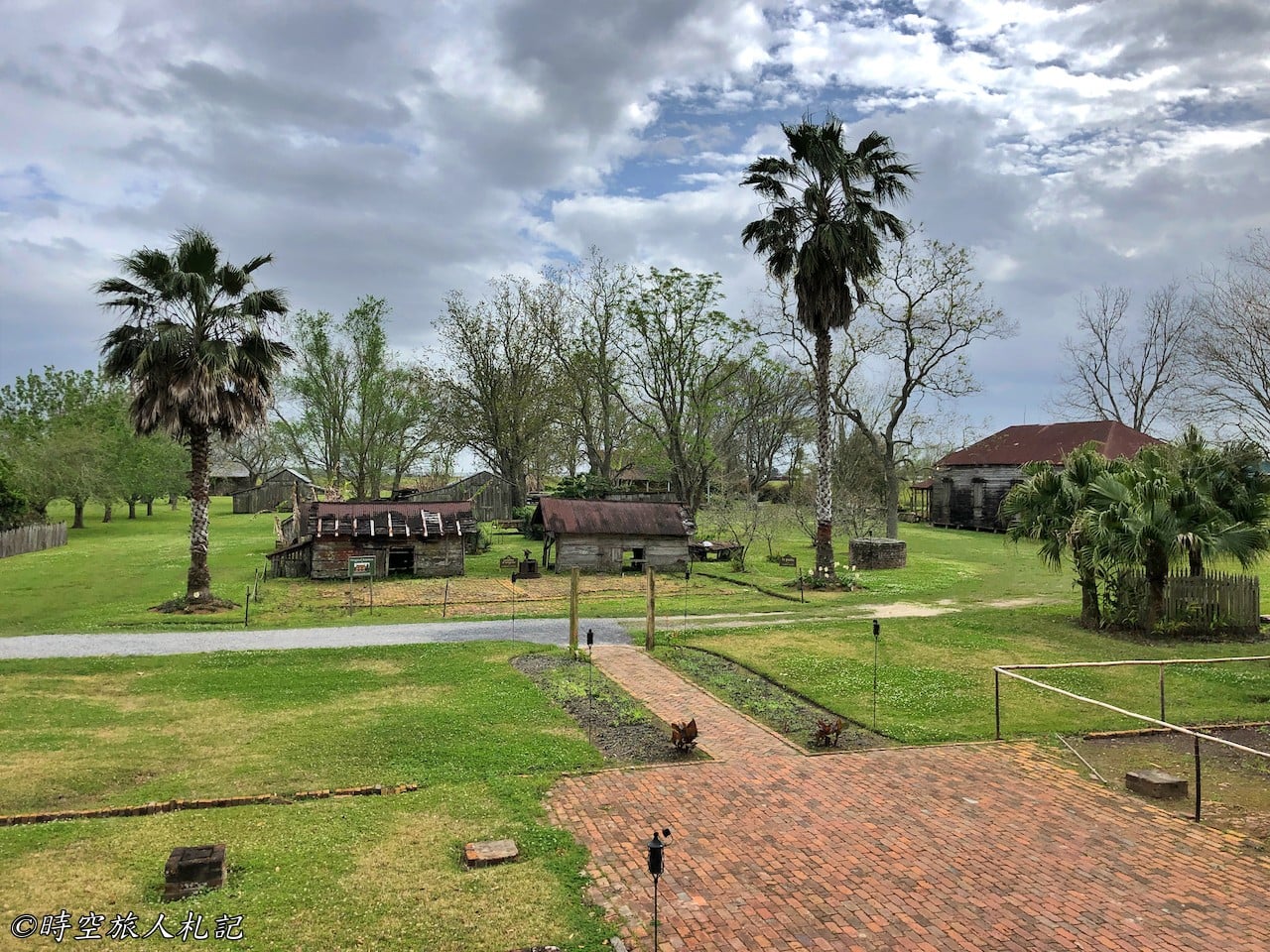
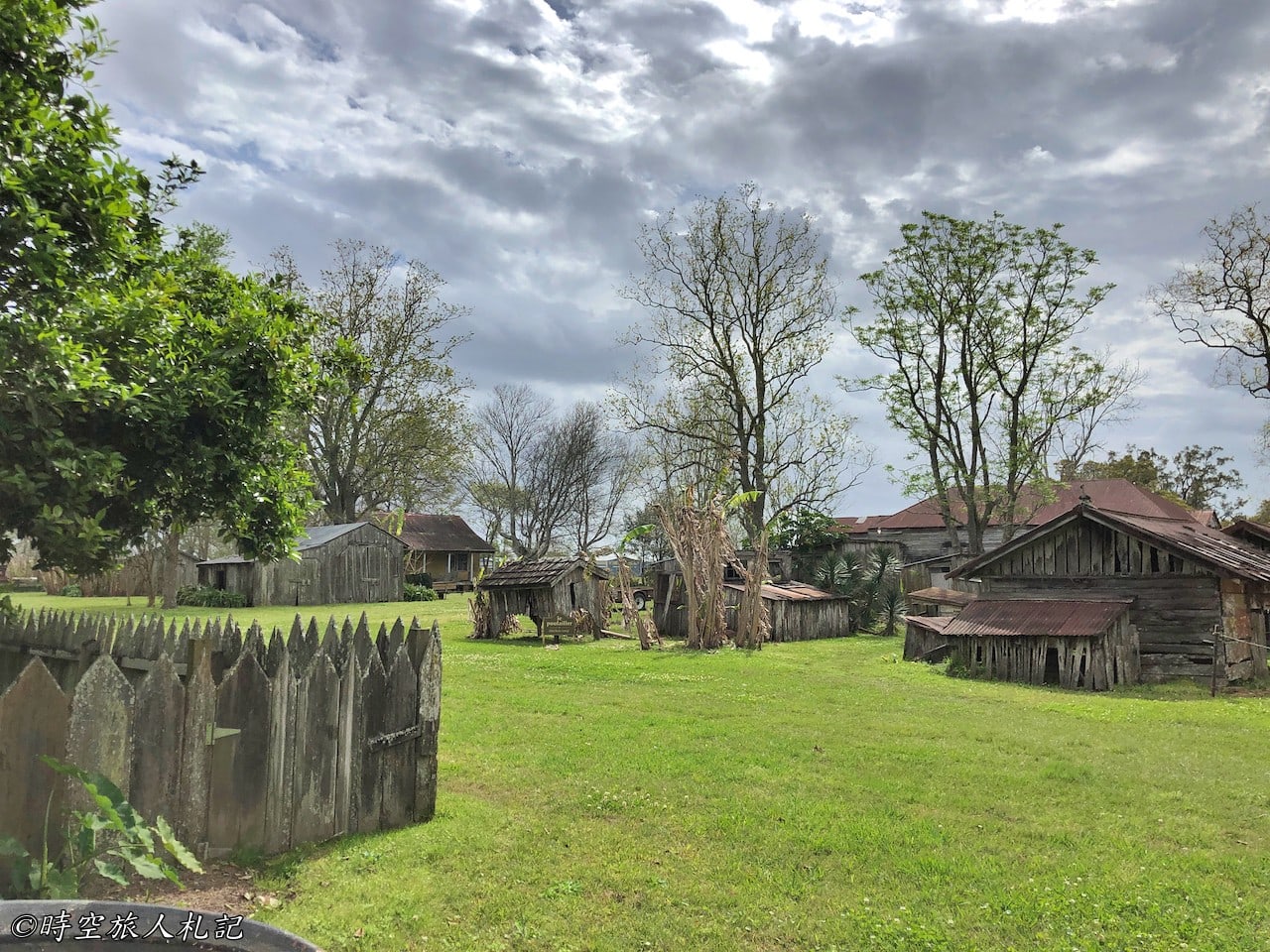
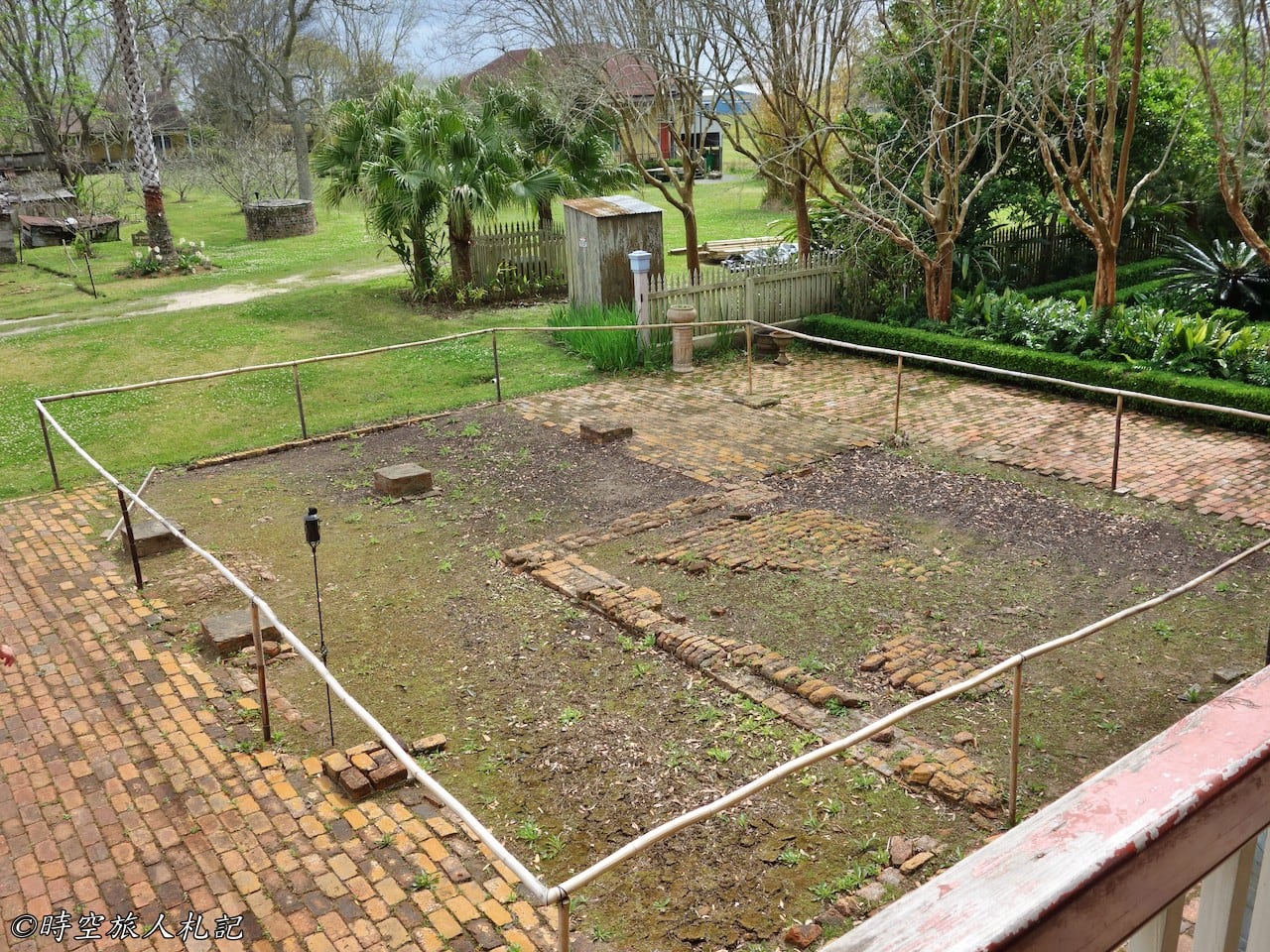

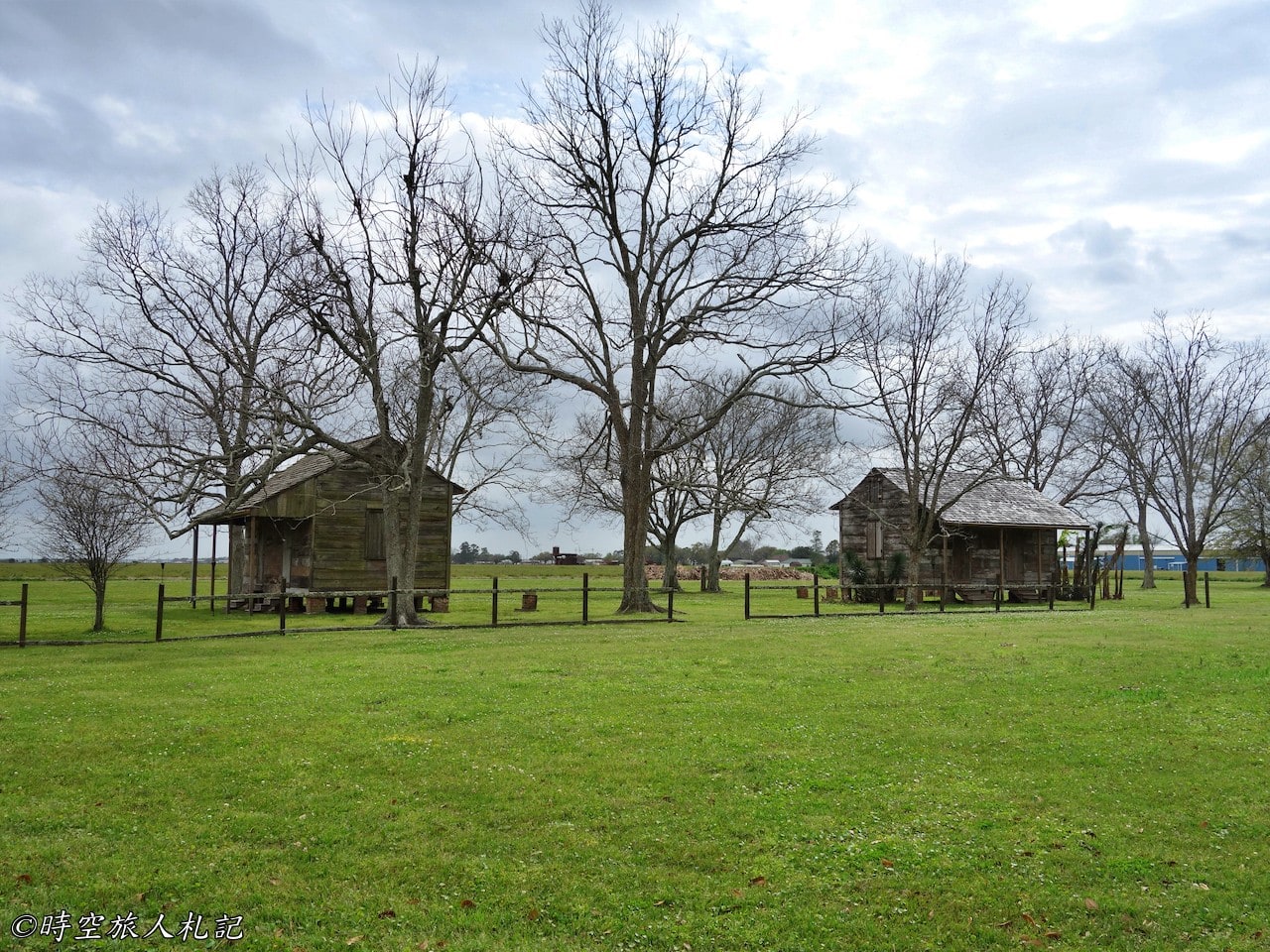
☕ Enjoying my travel notes?
You can Buy me a coffee to support what I do 🙌
Further reading
- More Louisiana posts